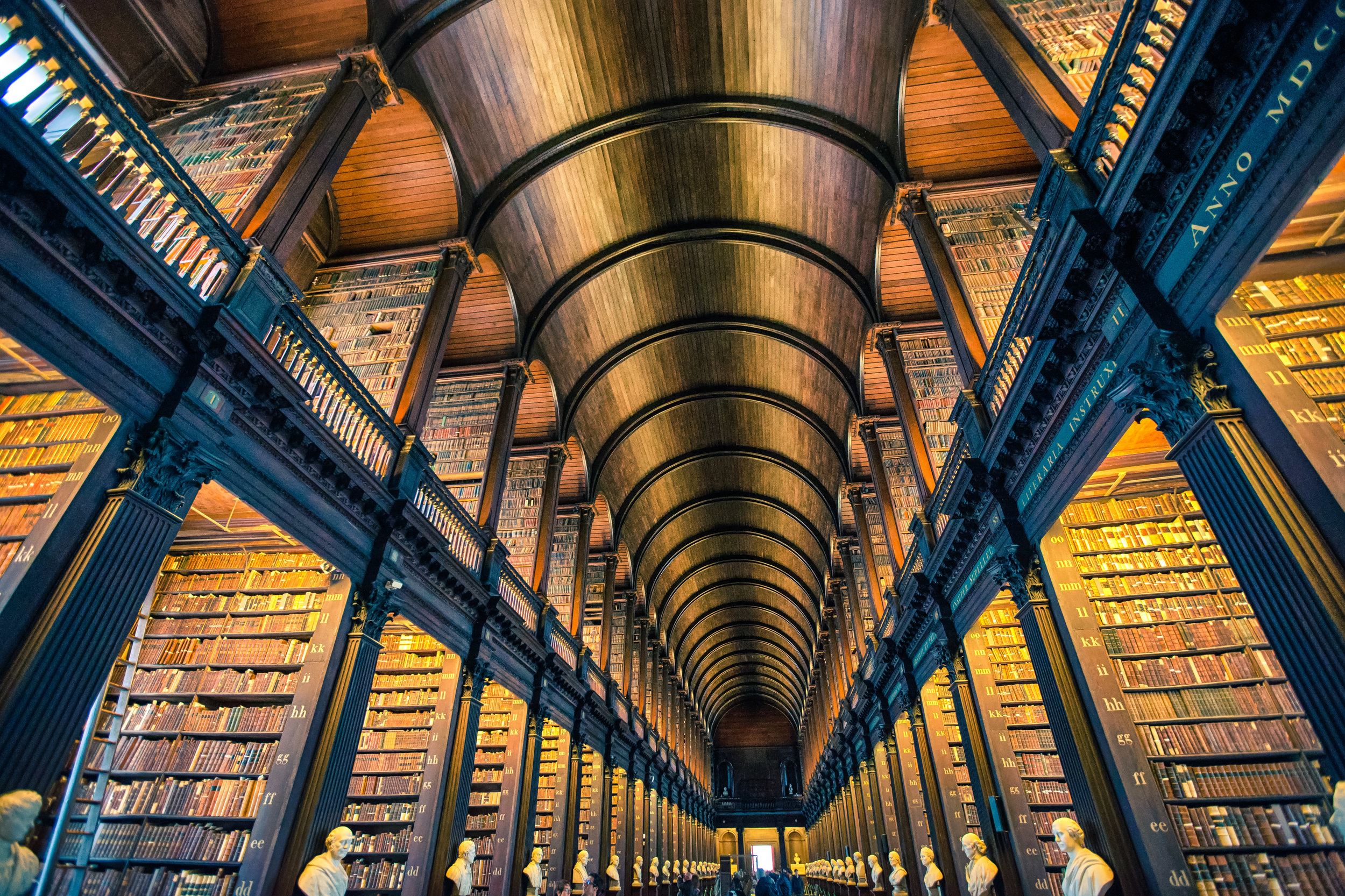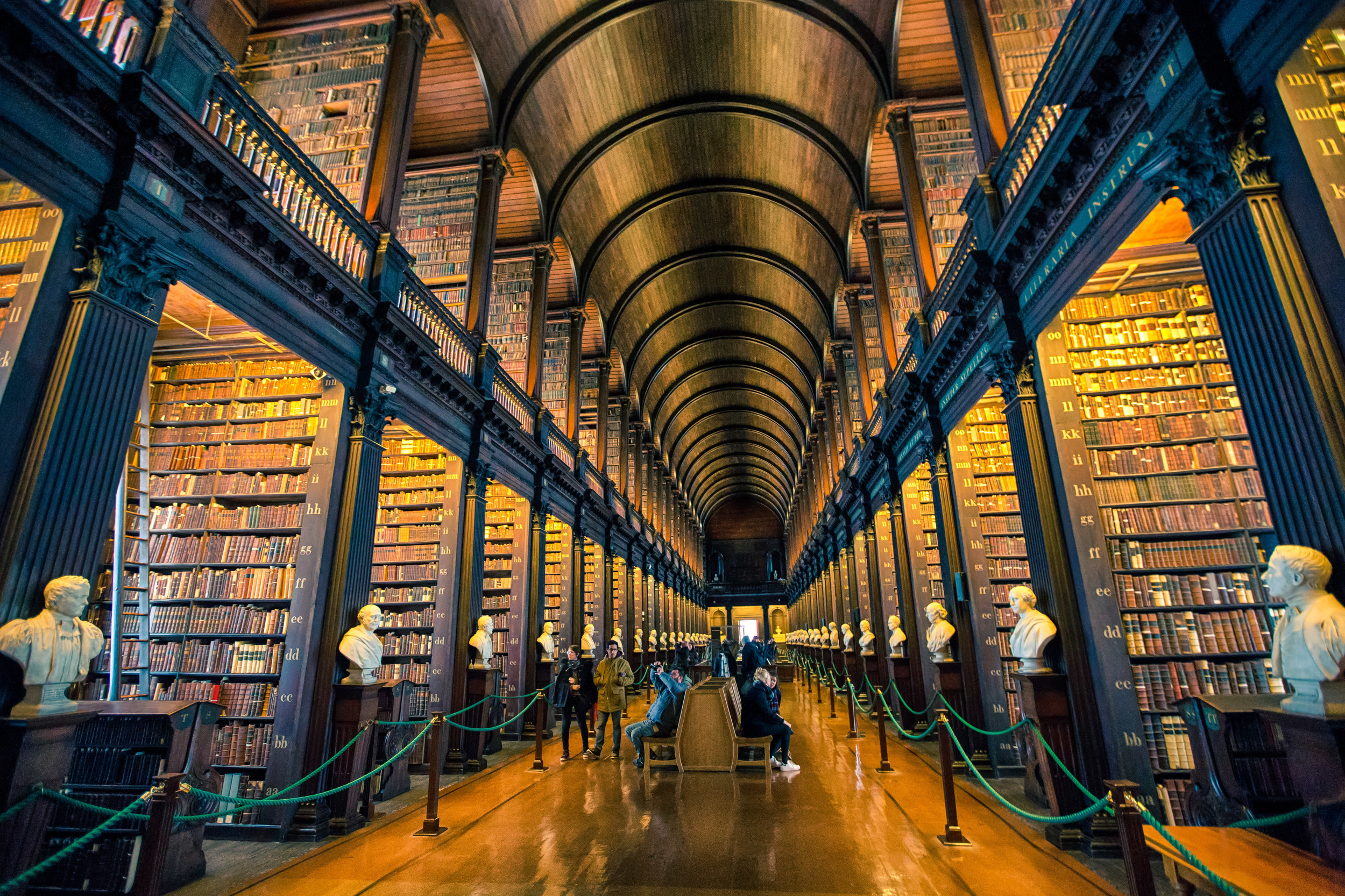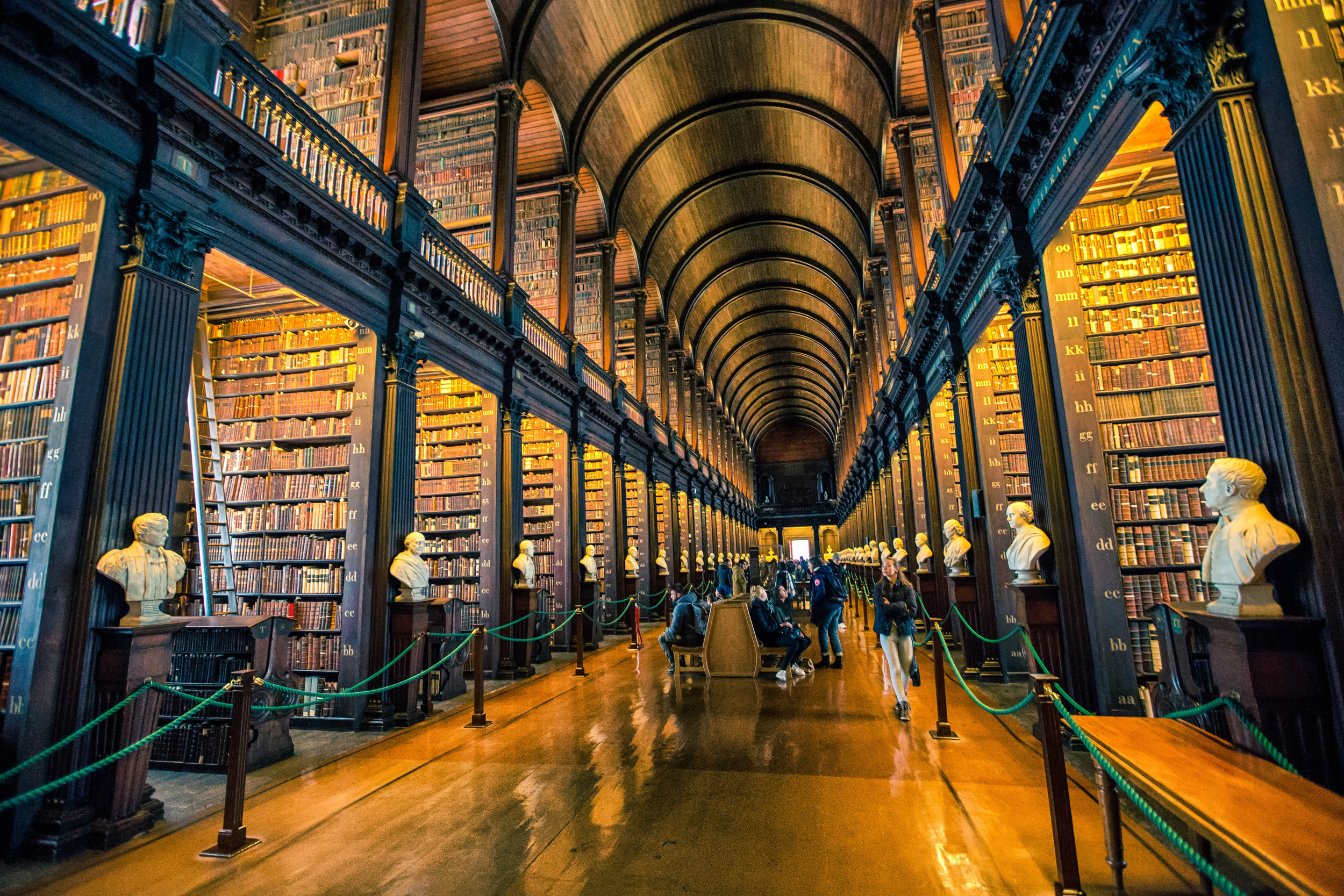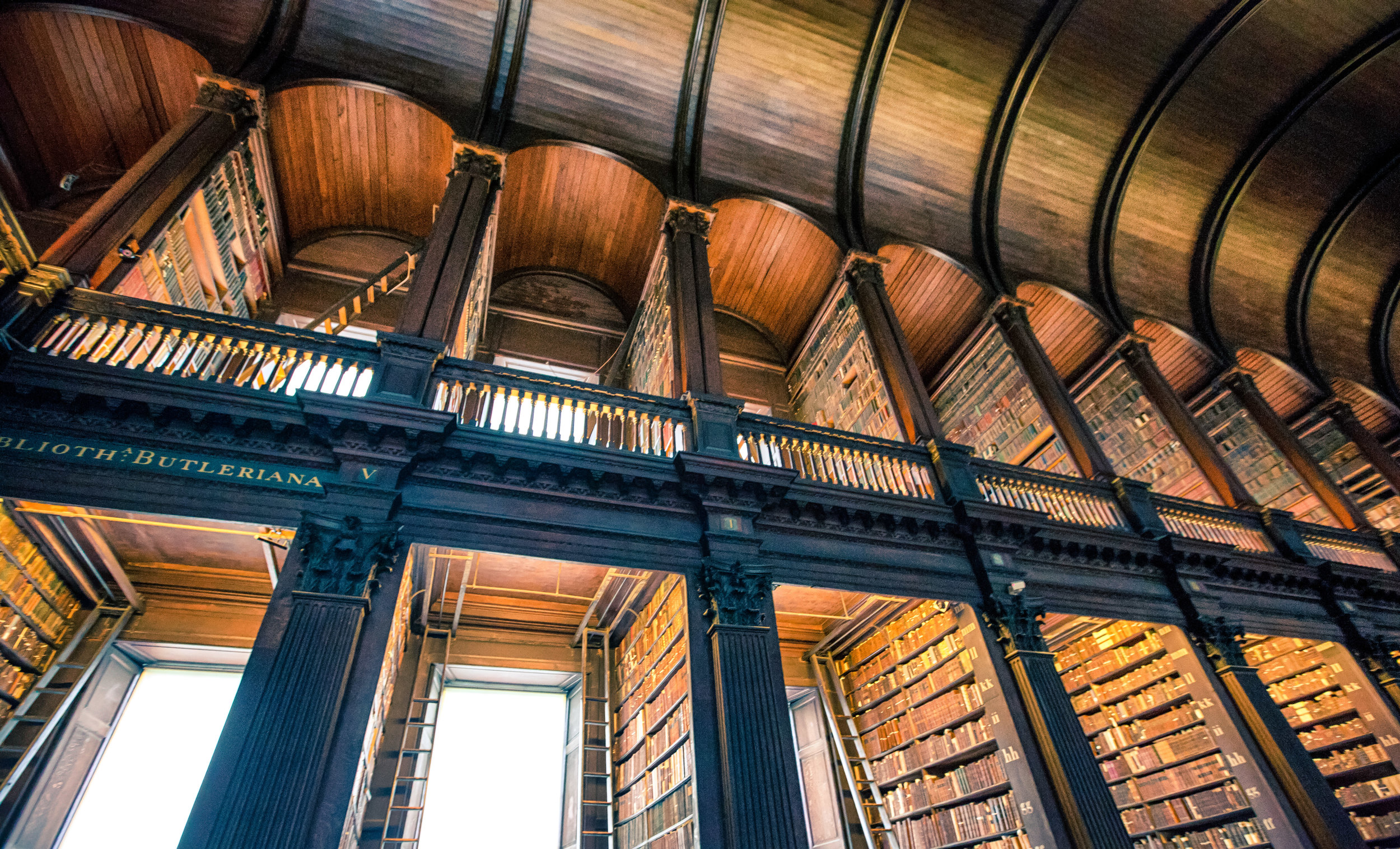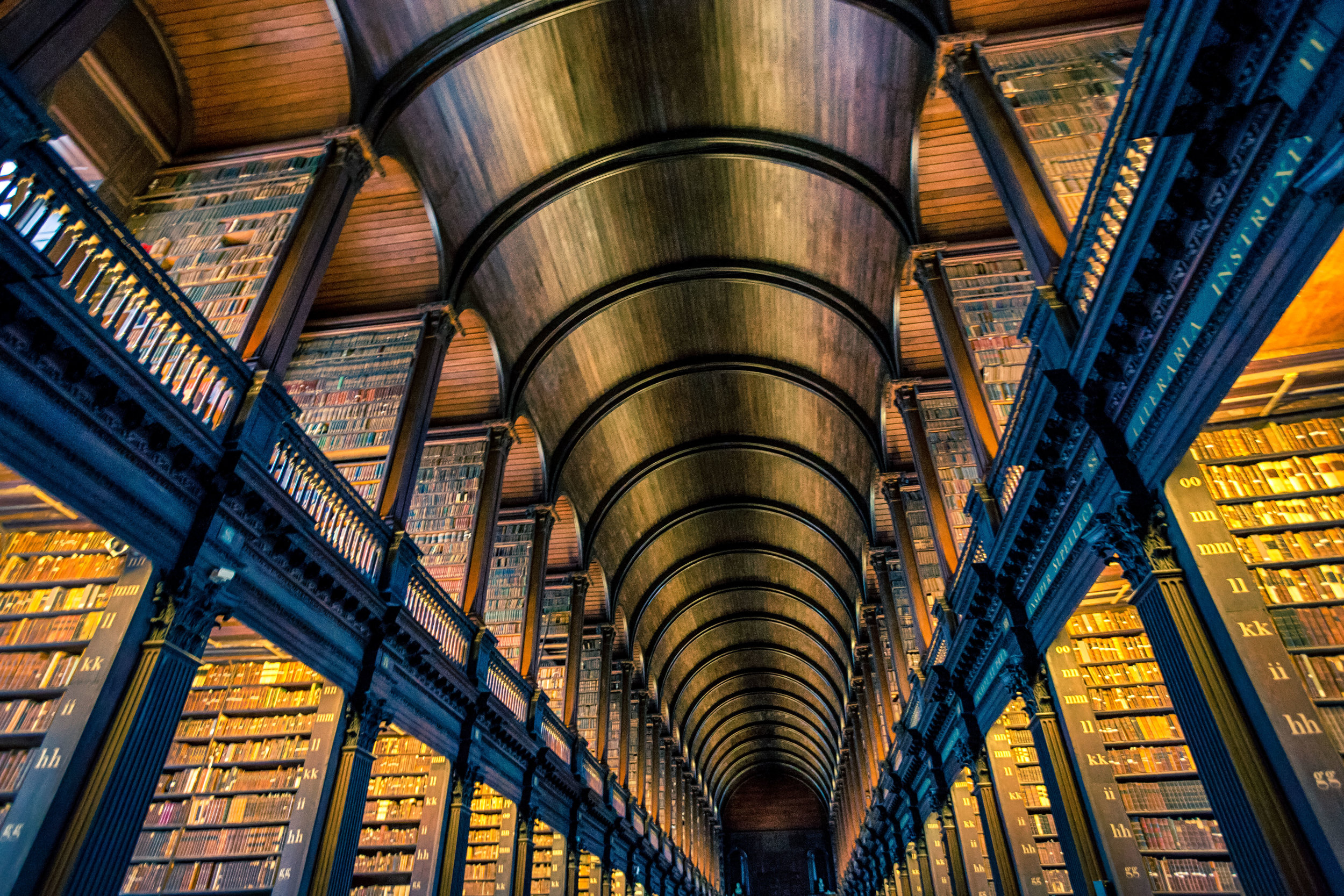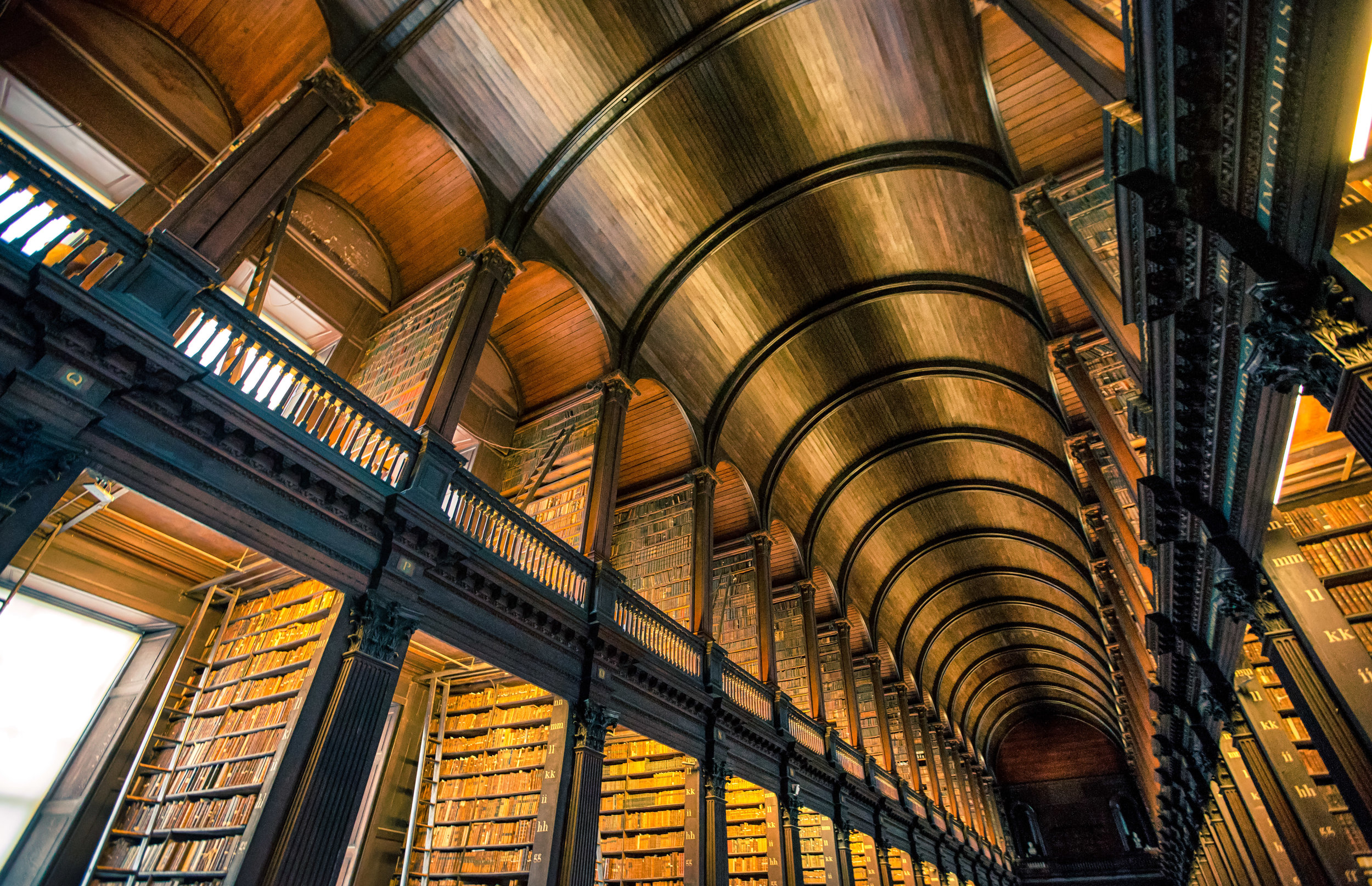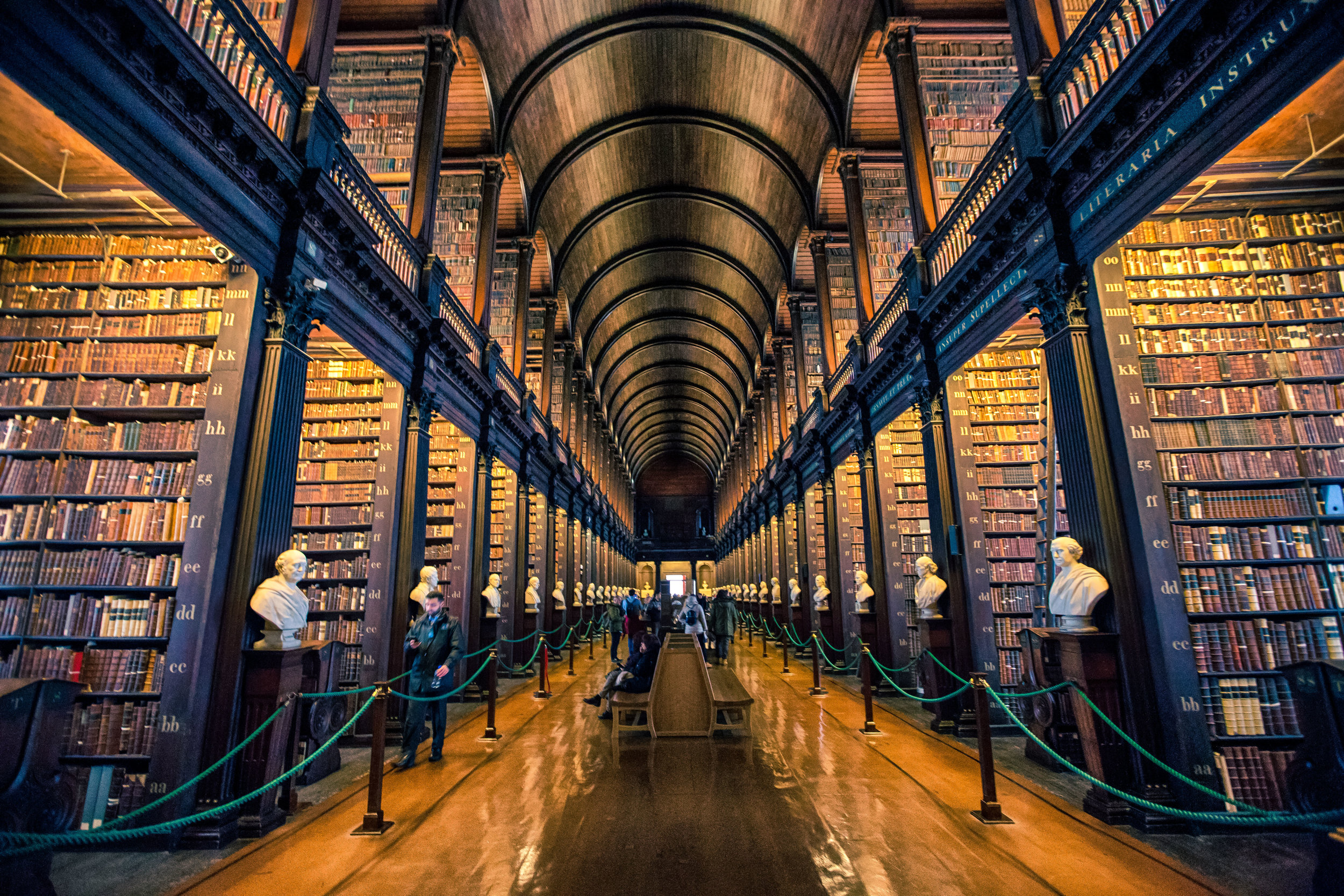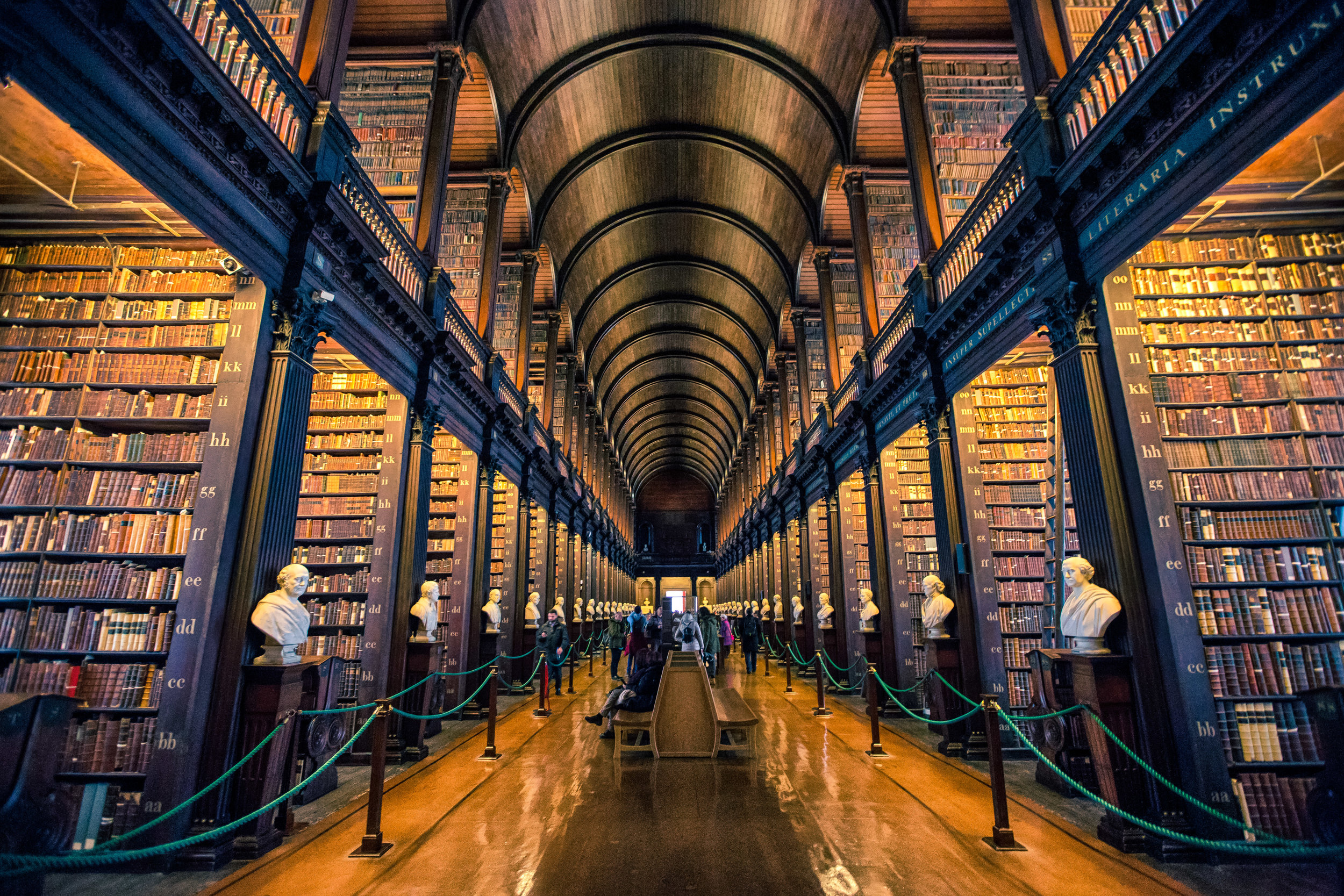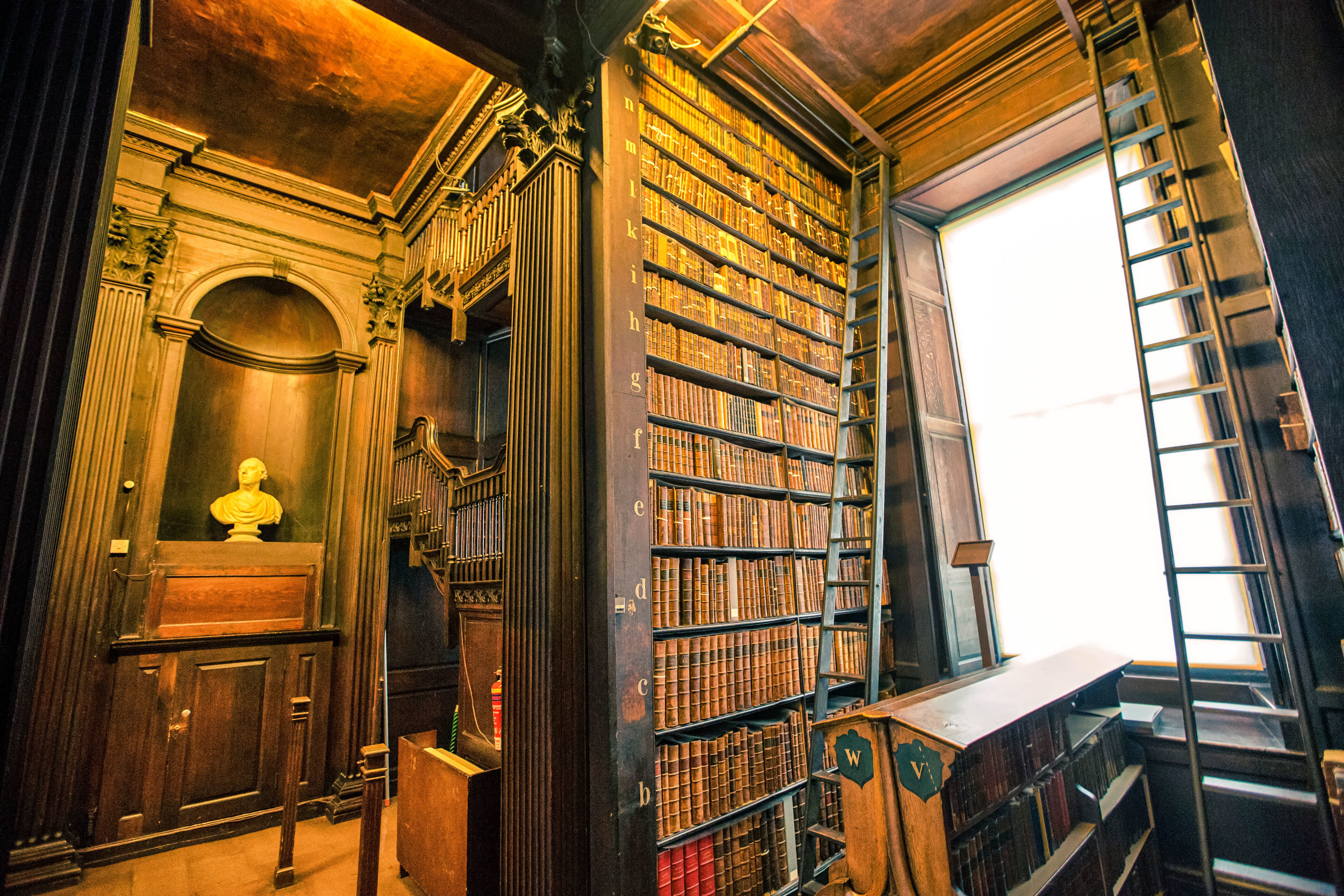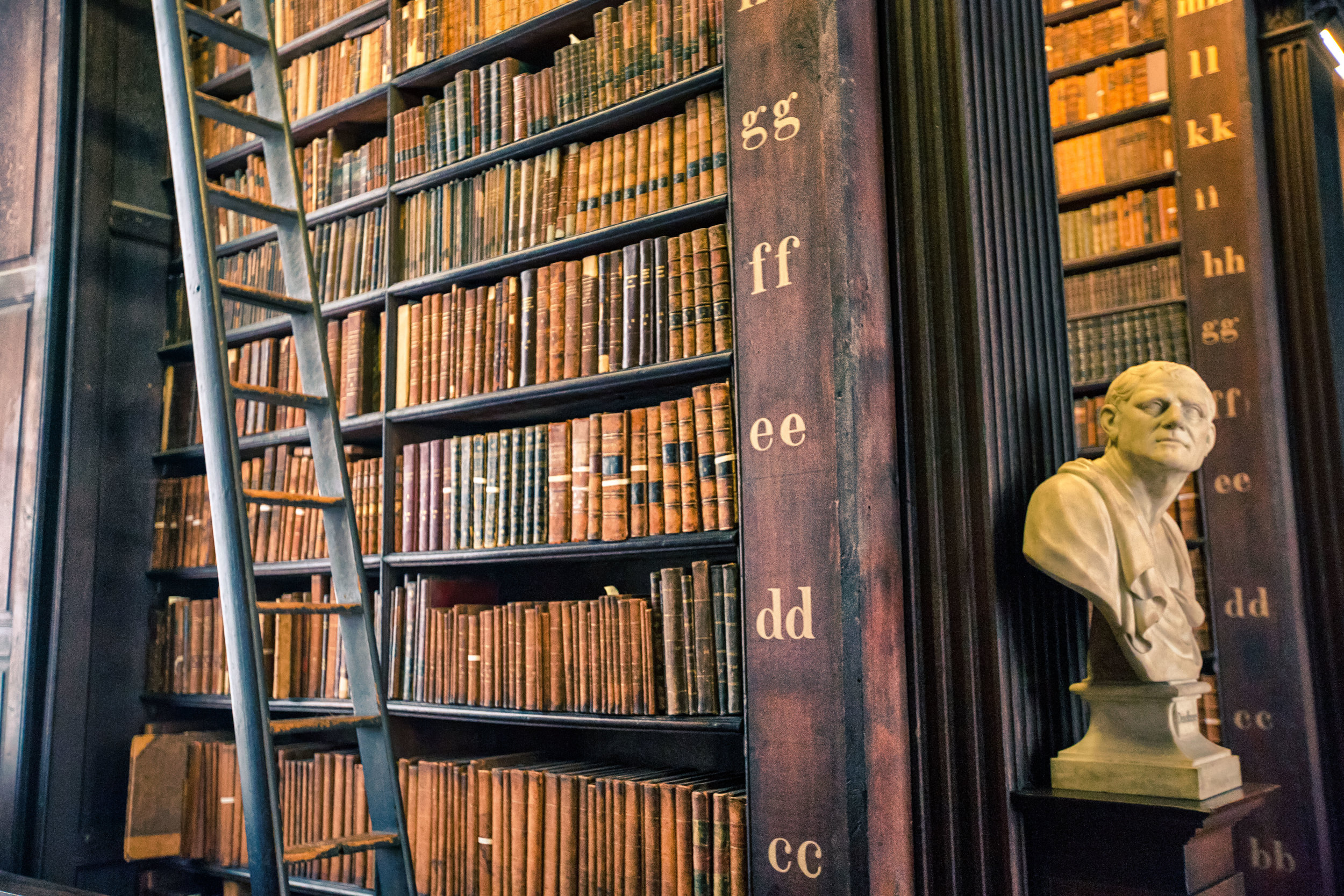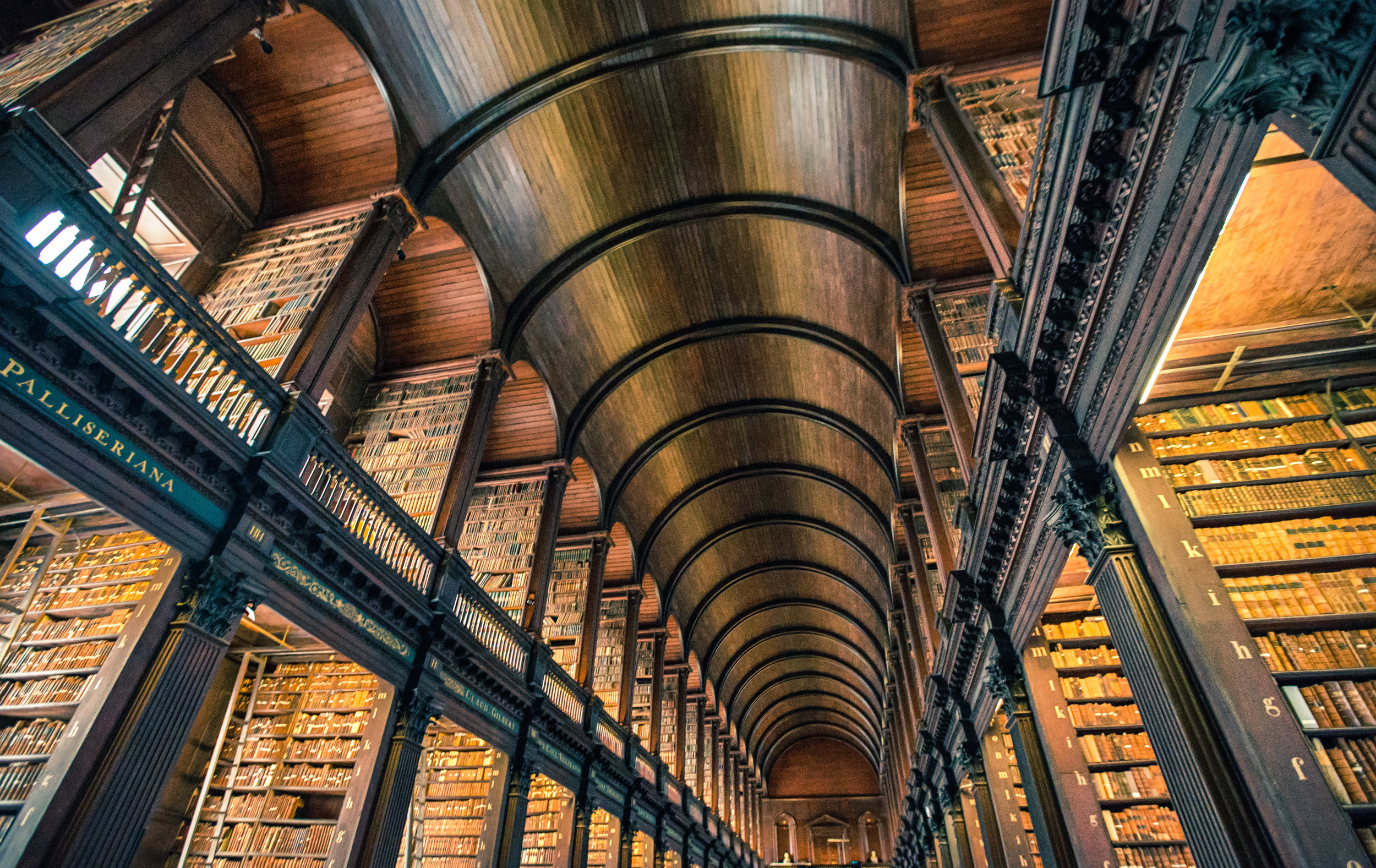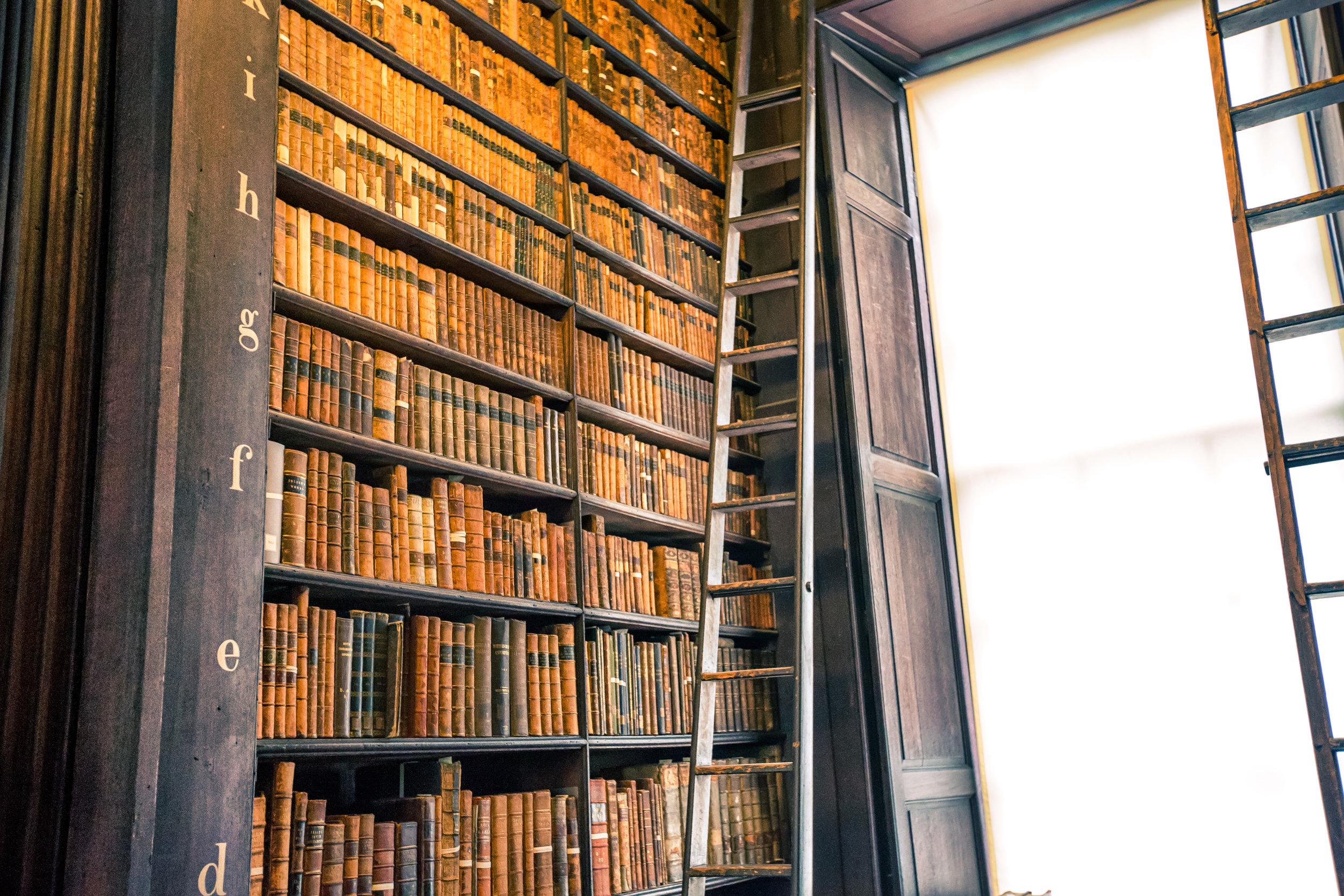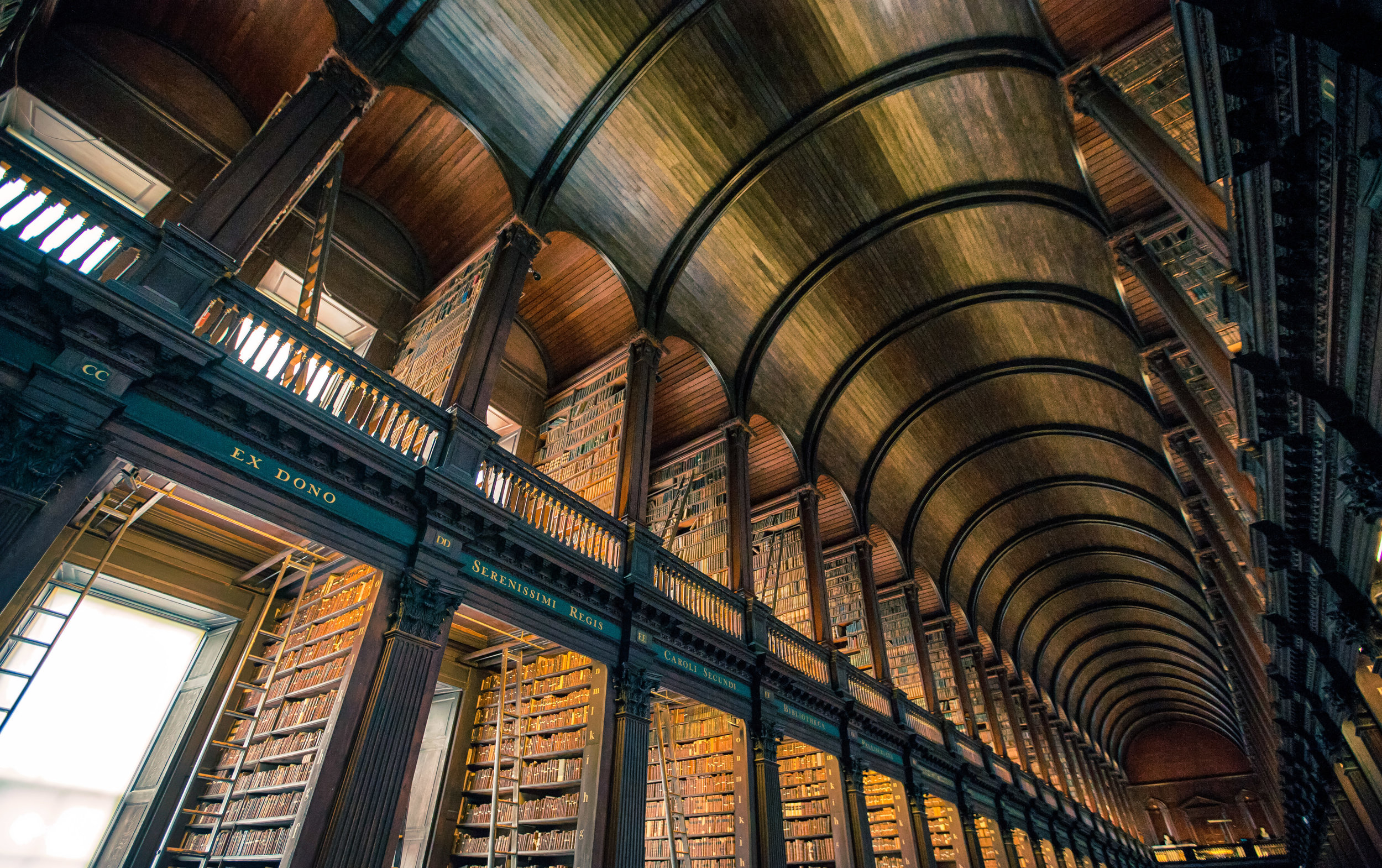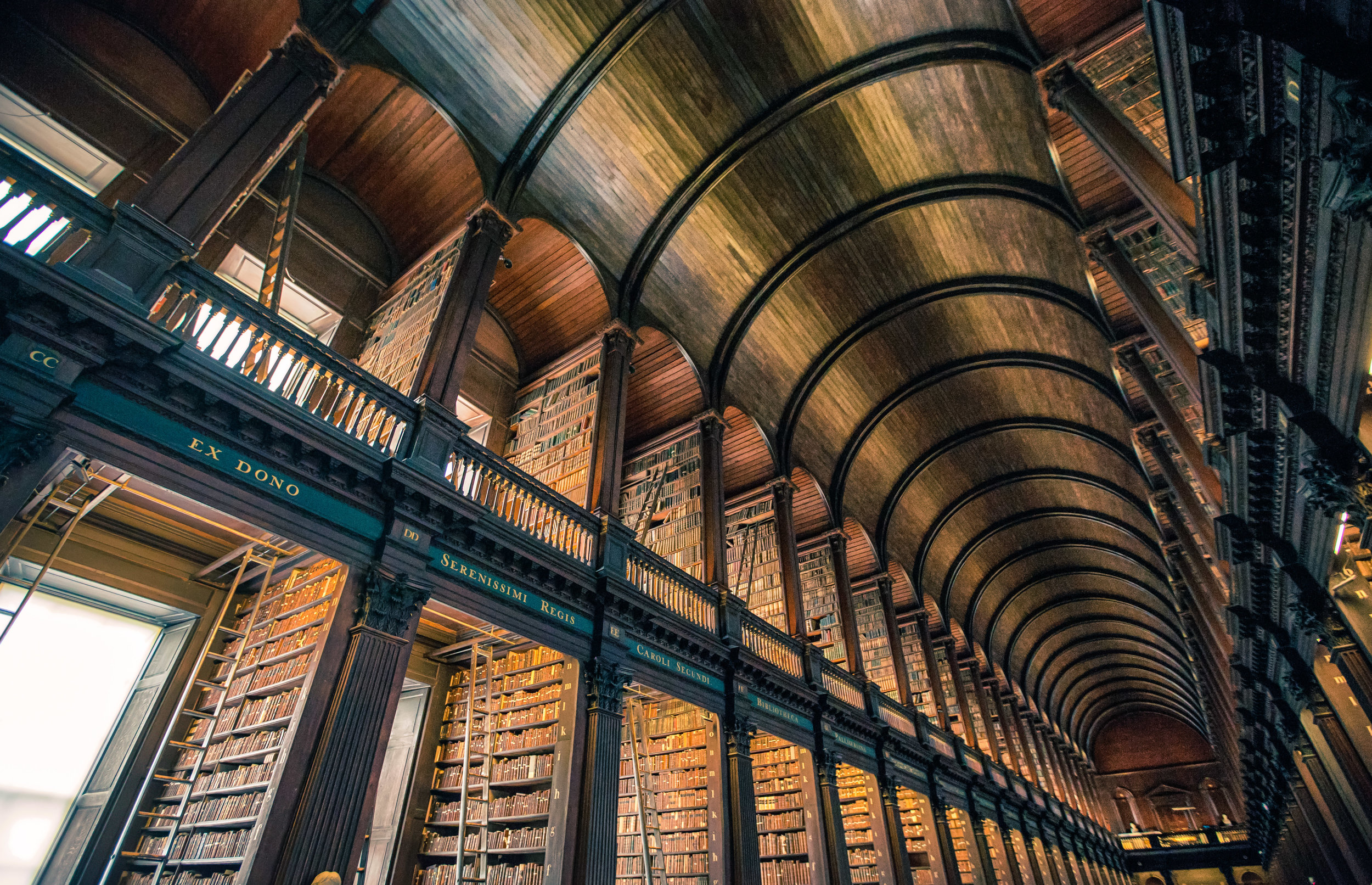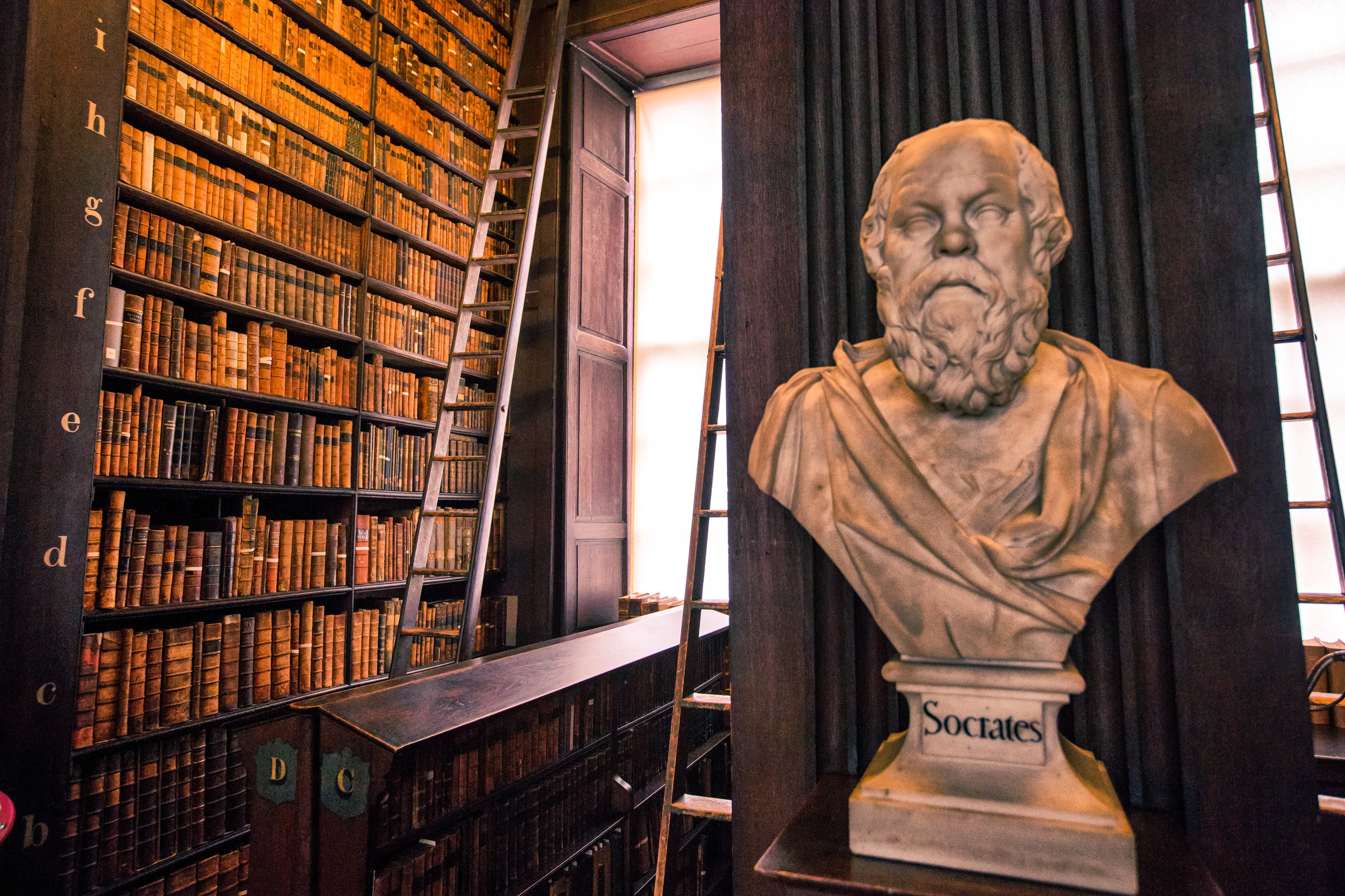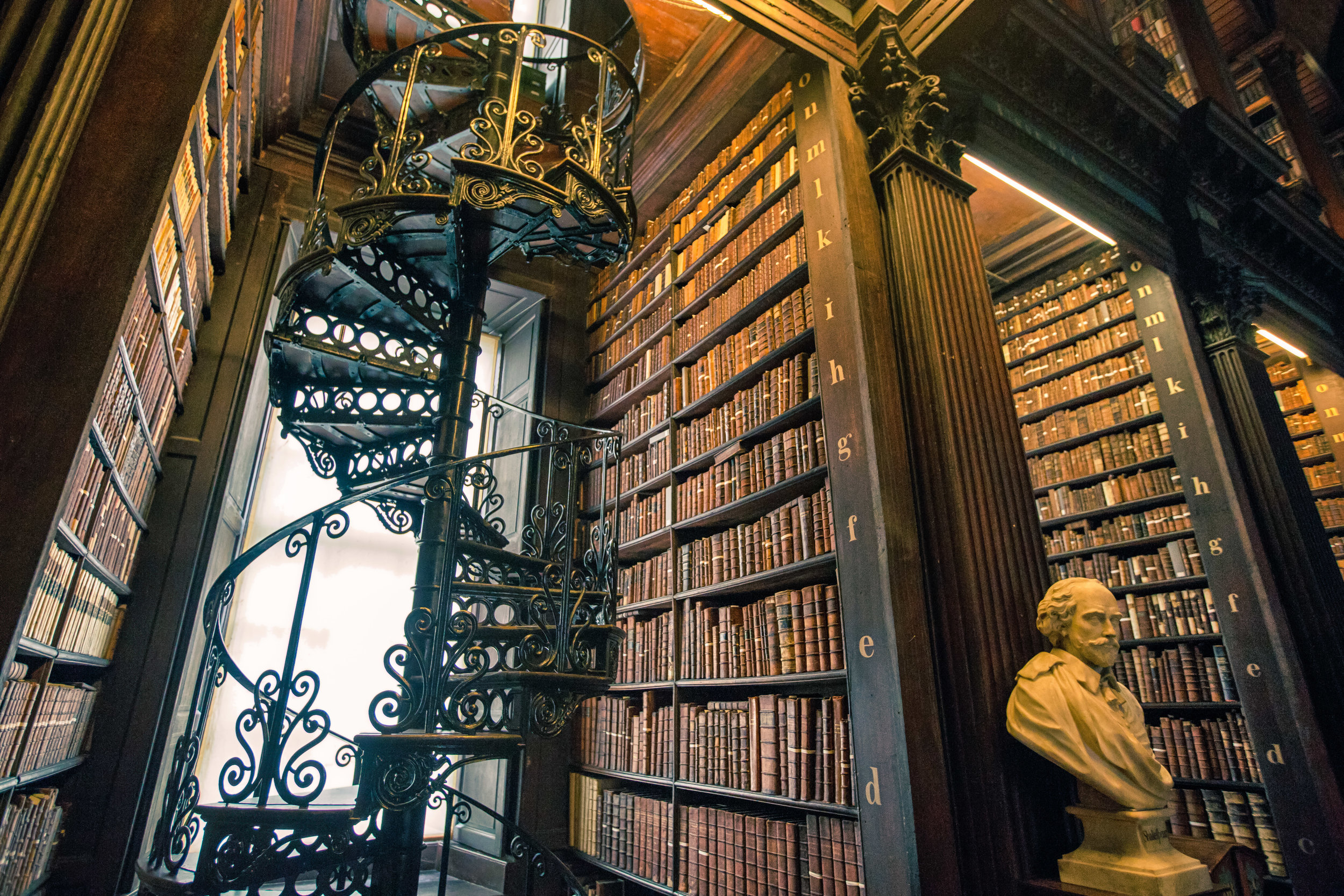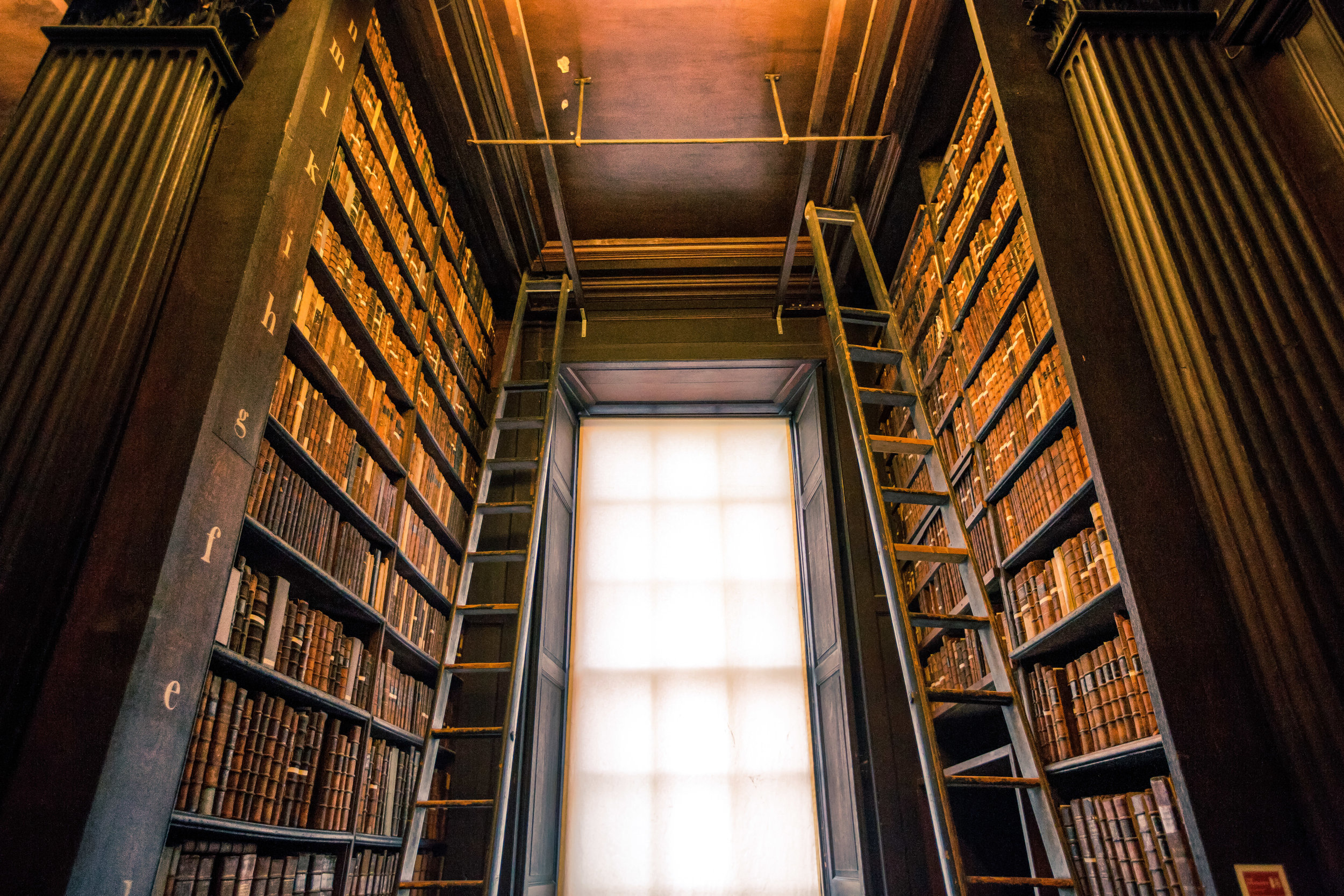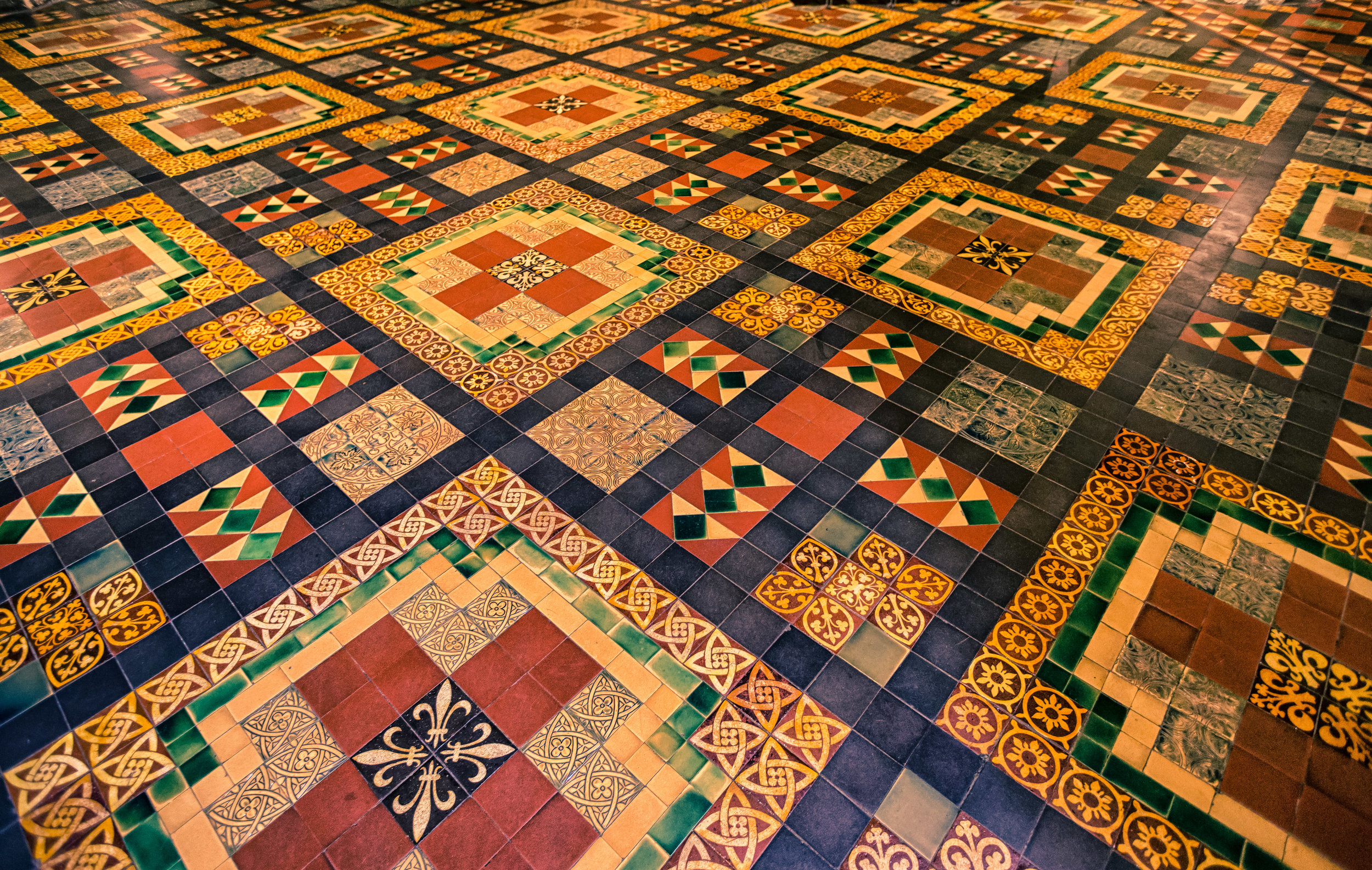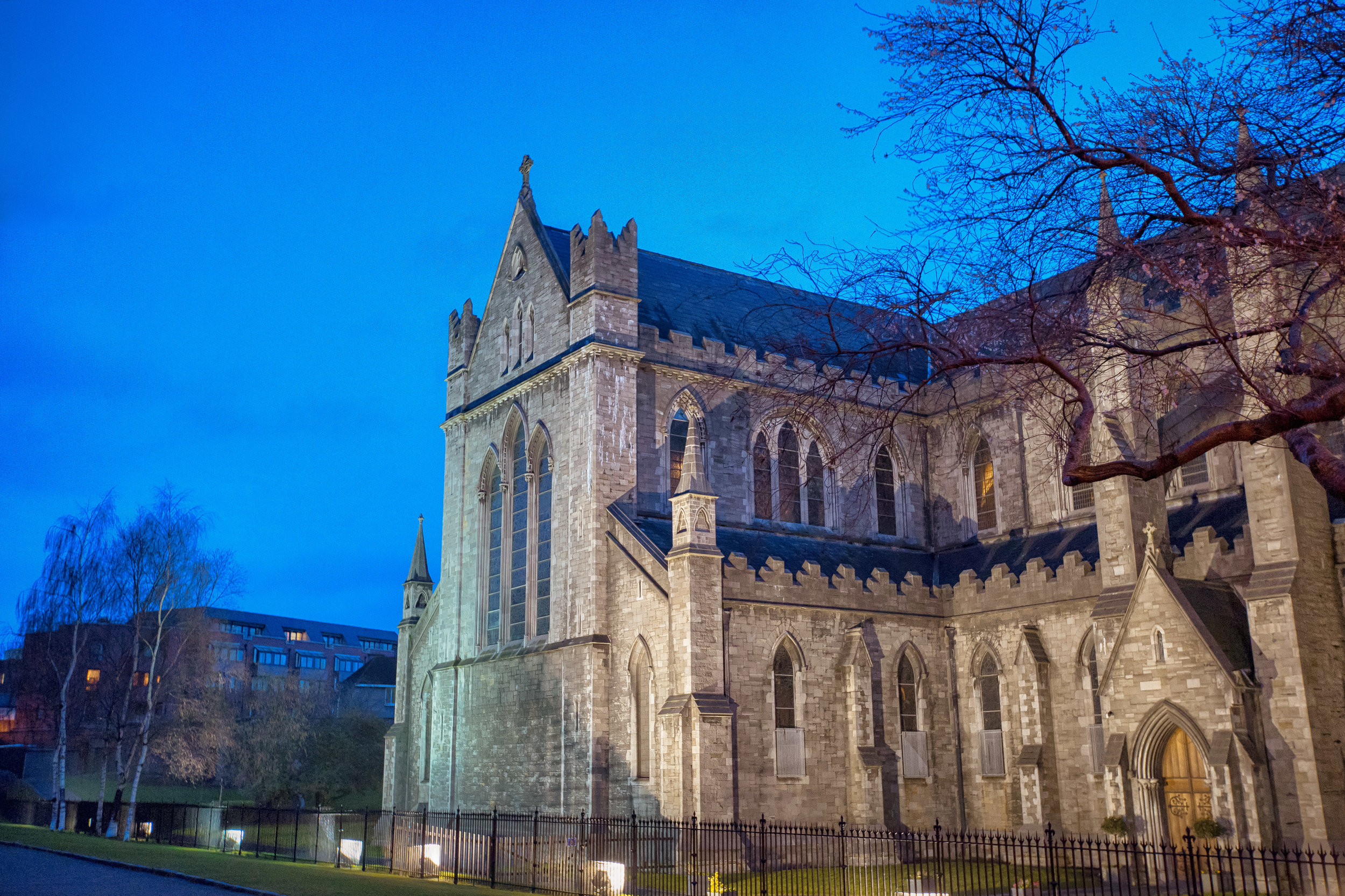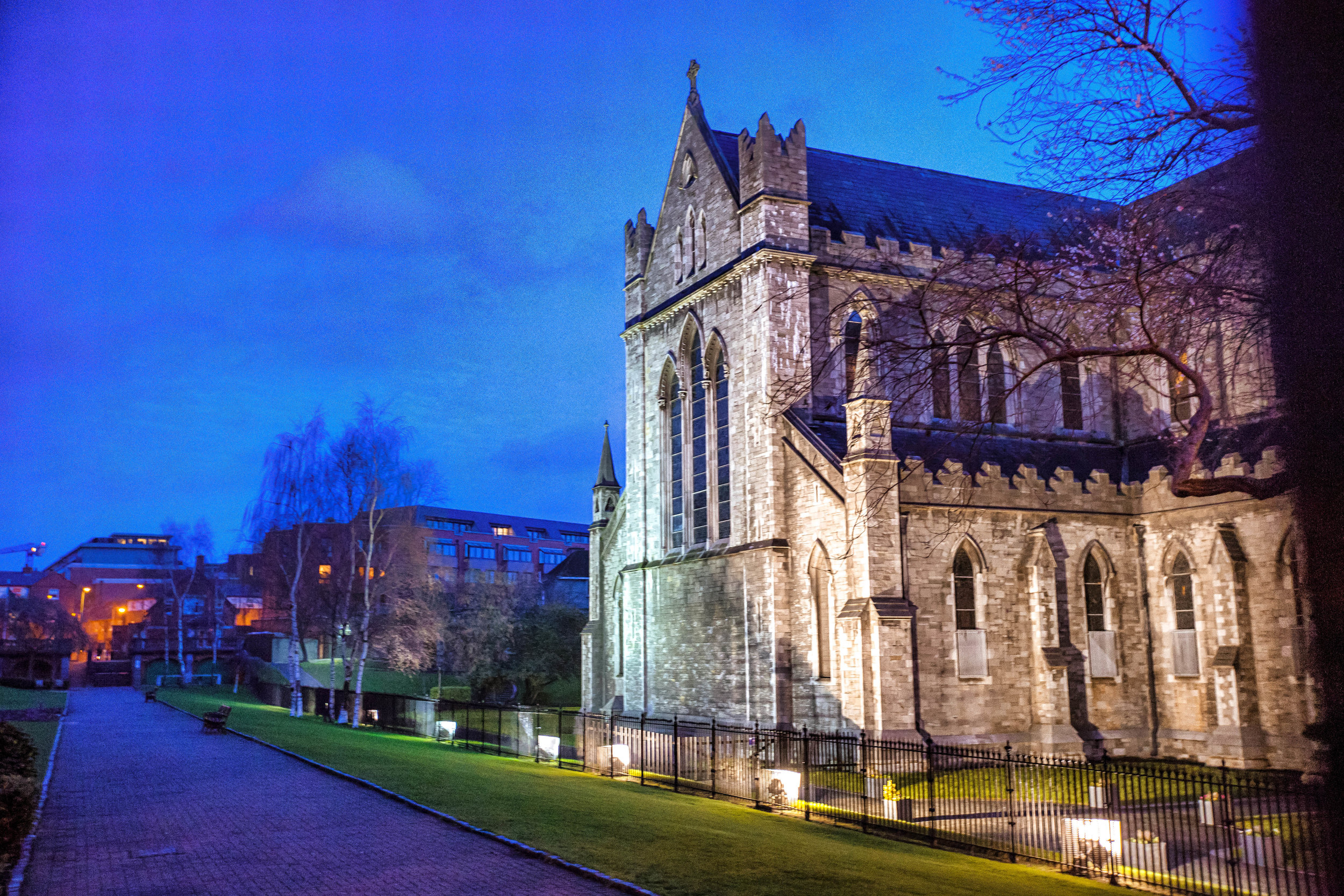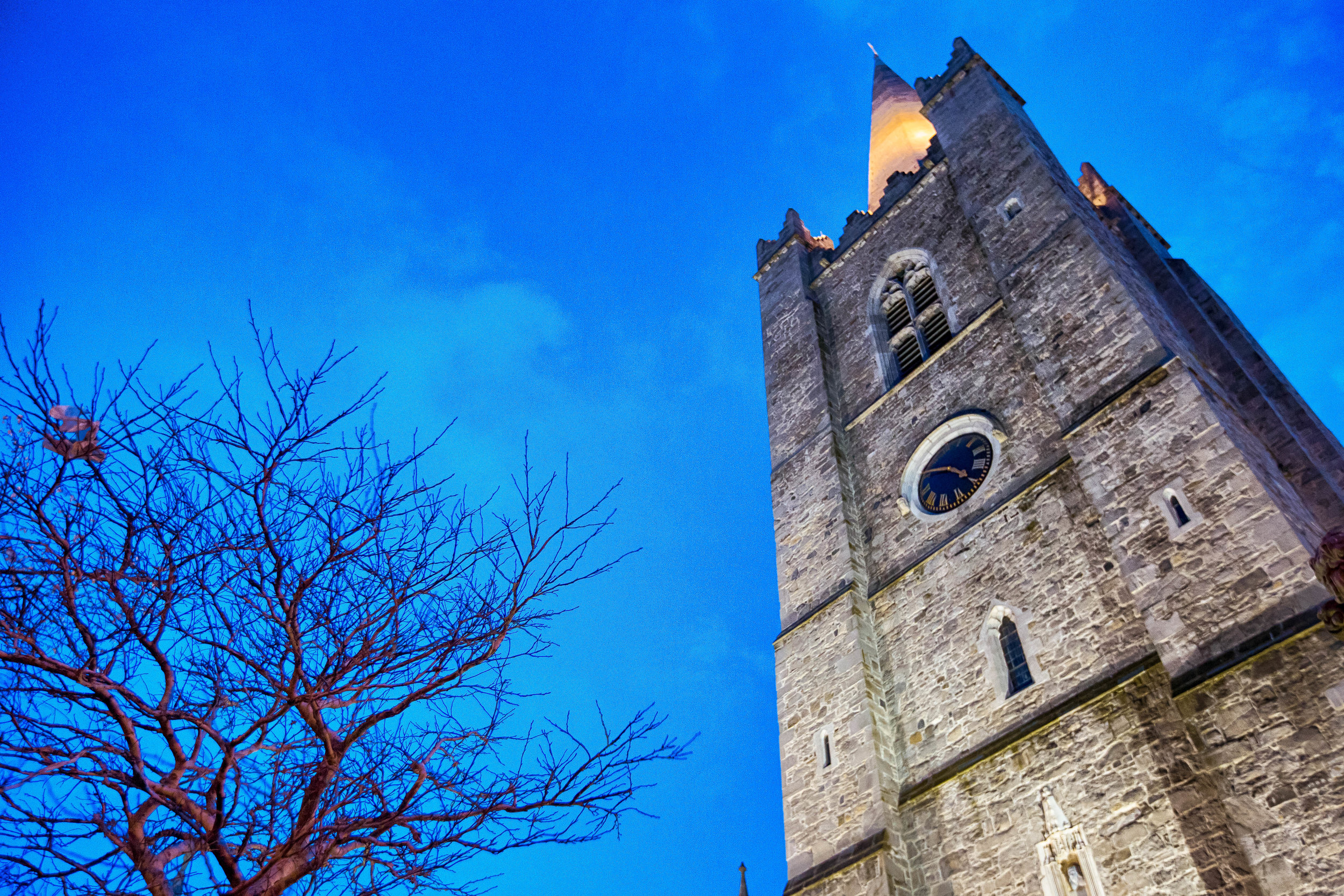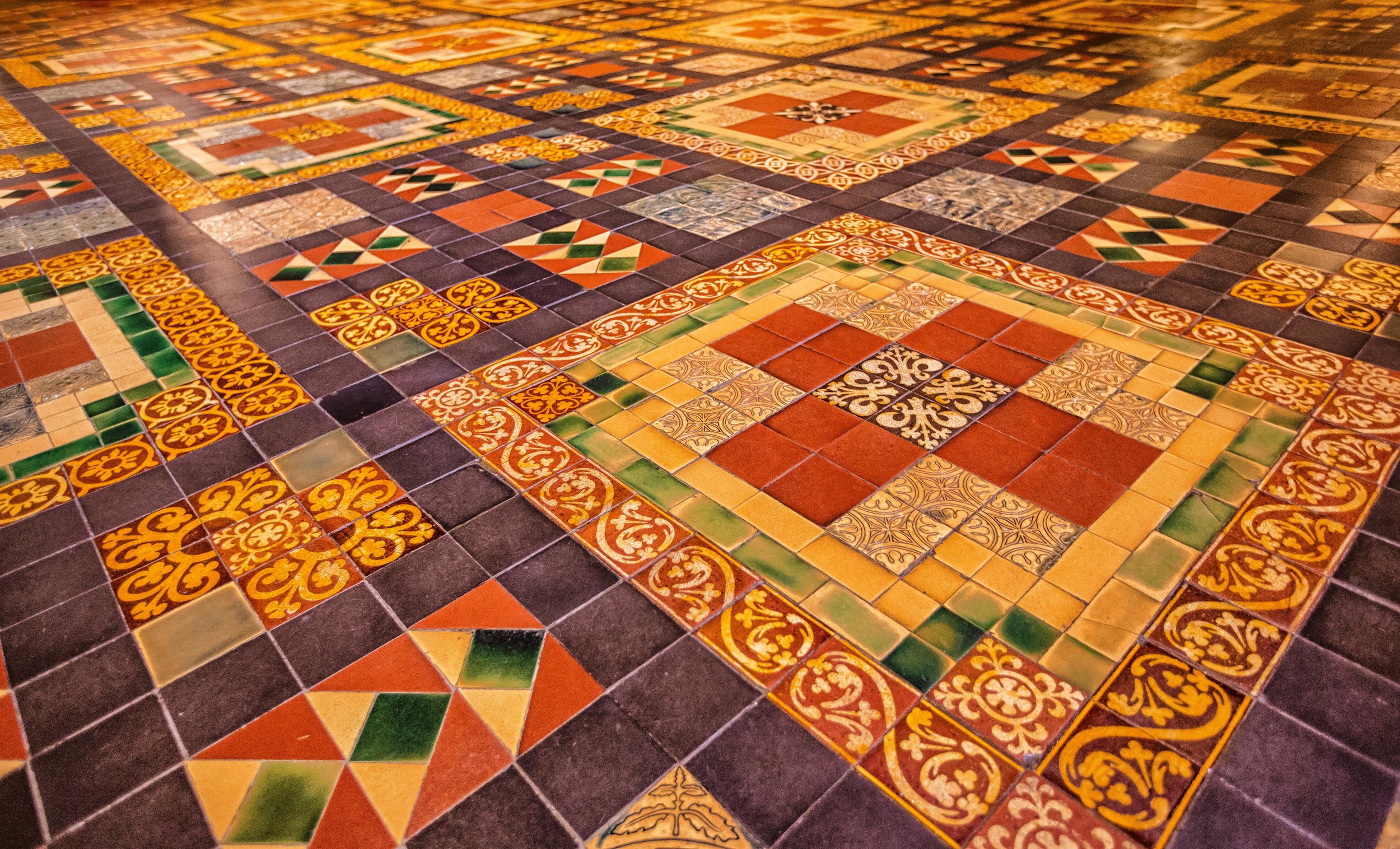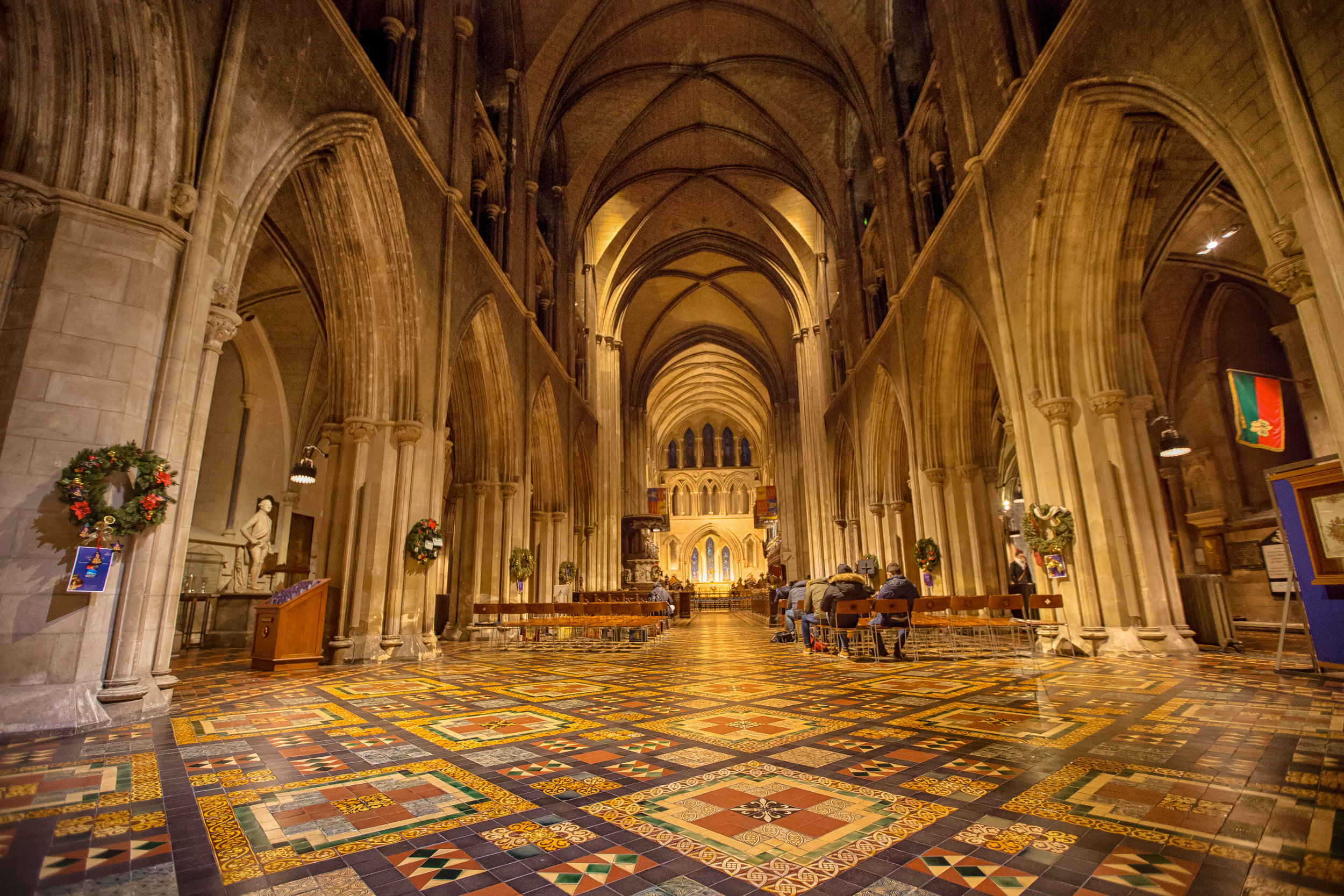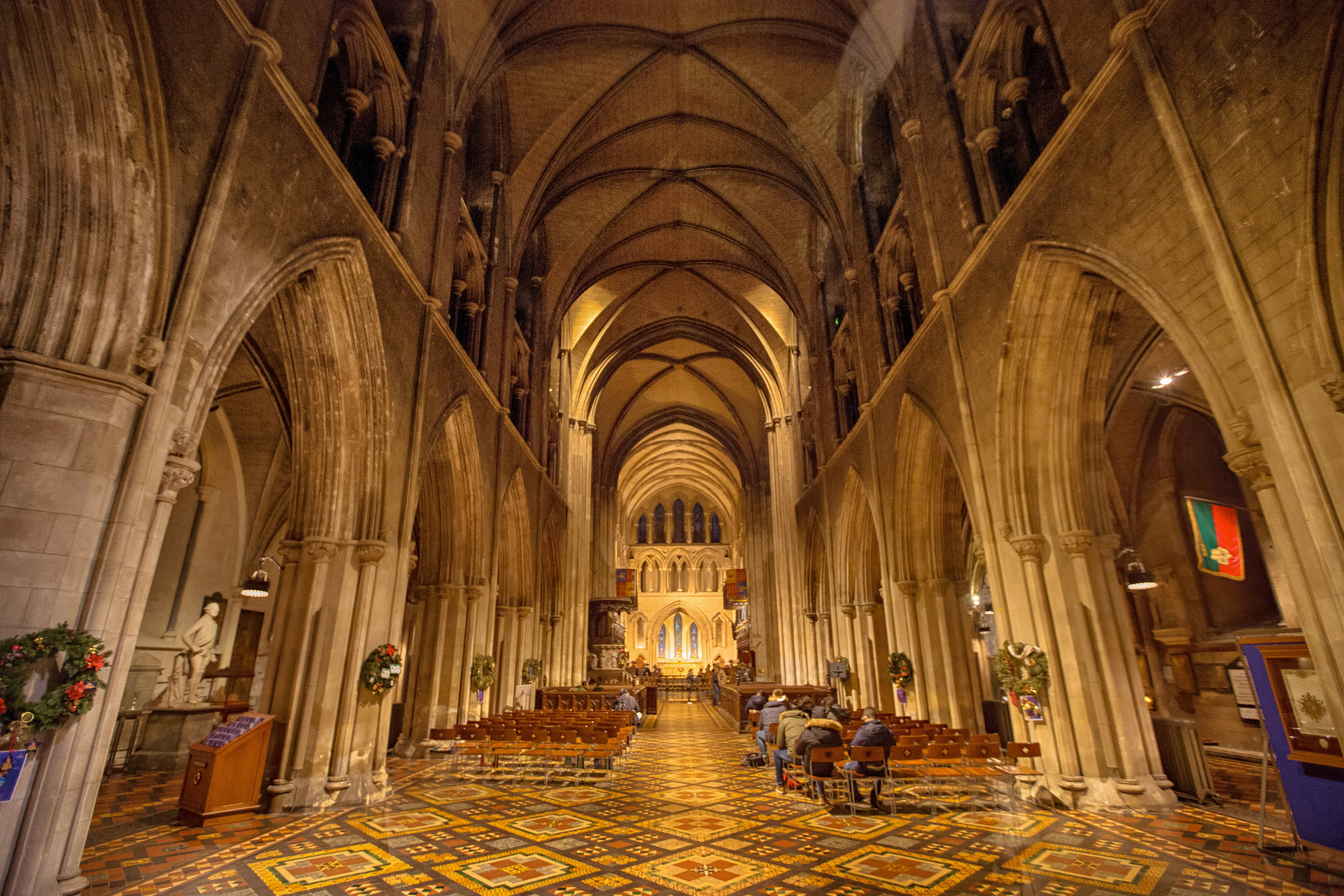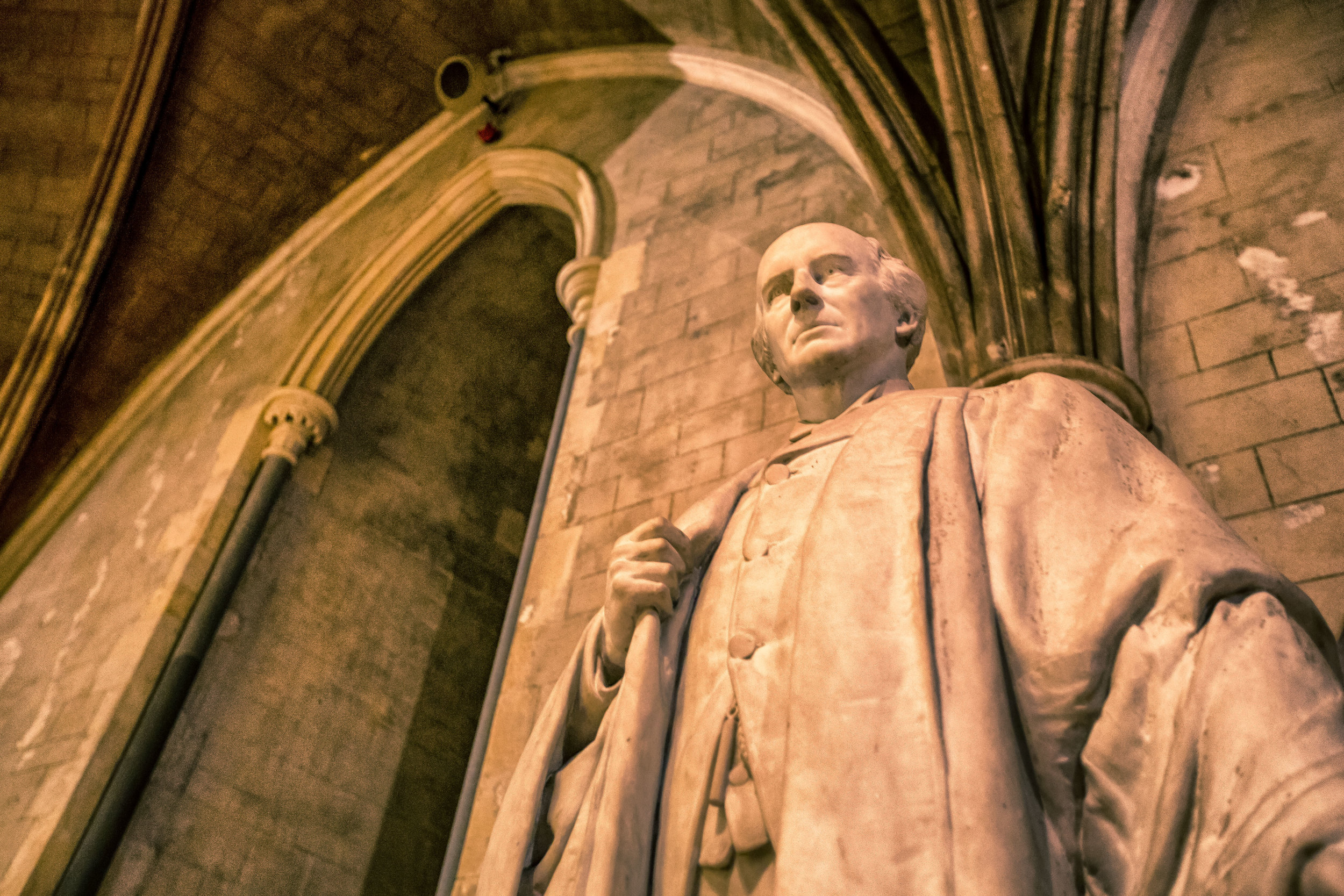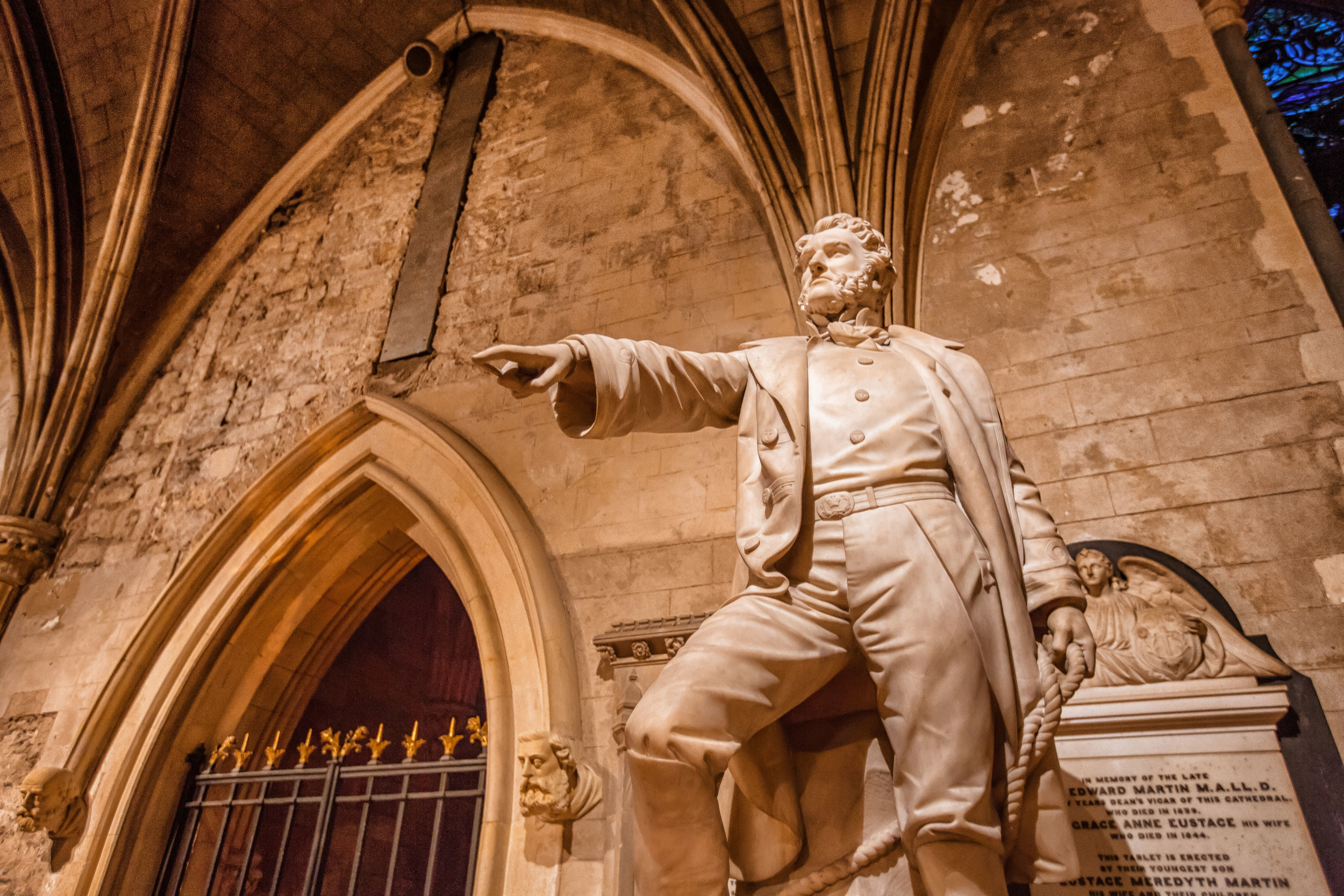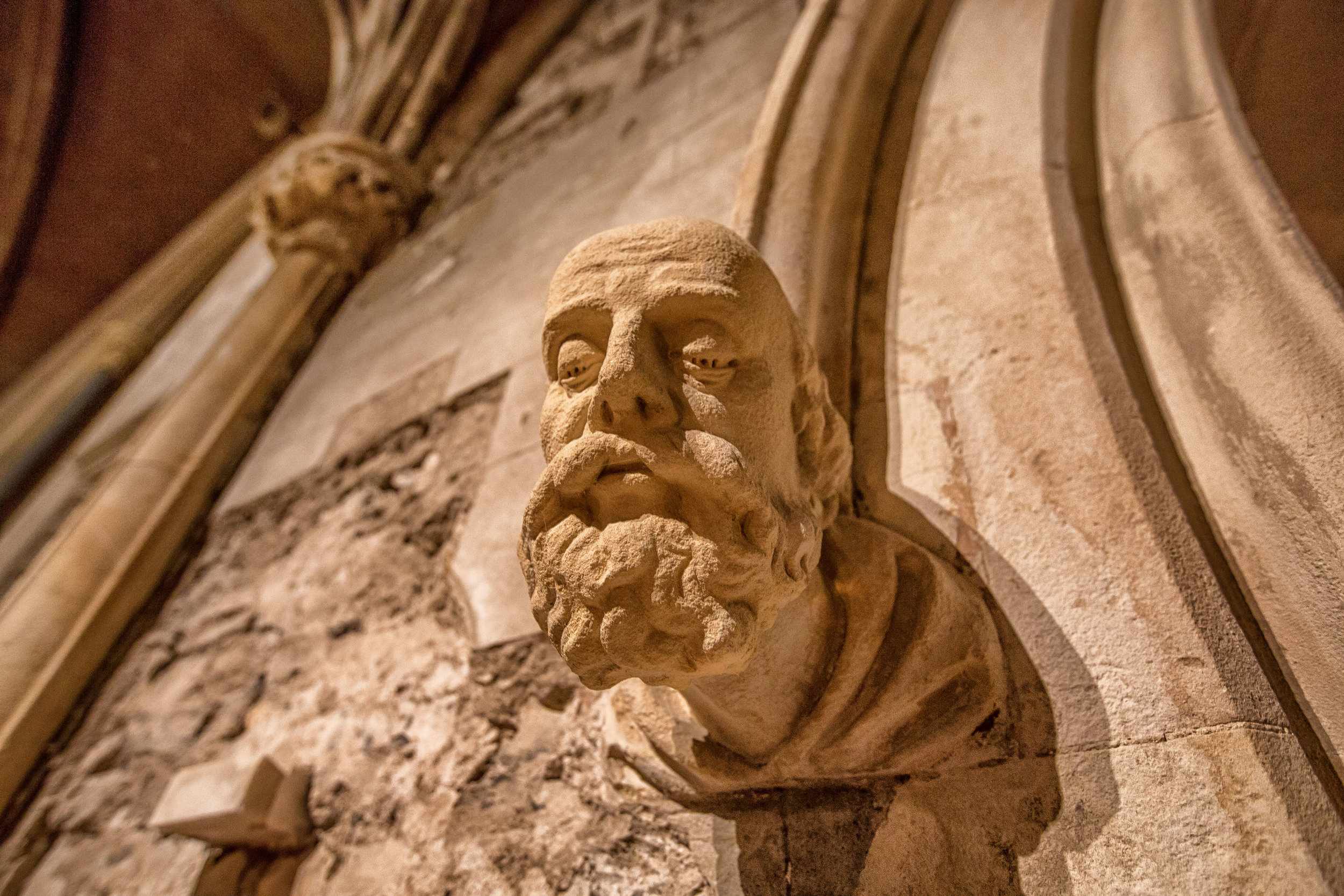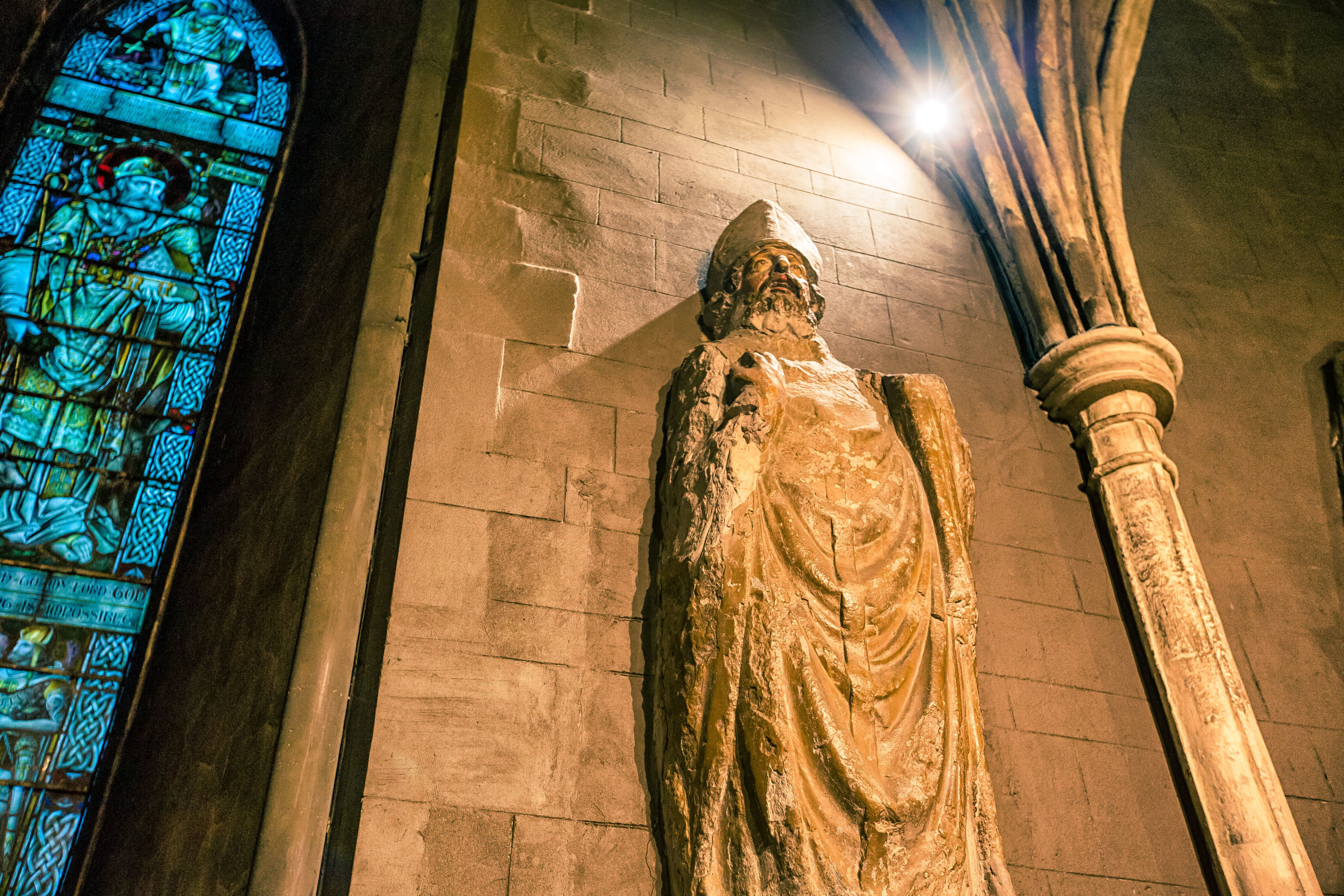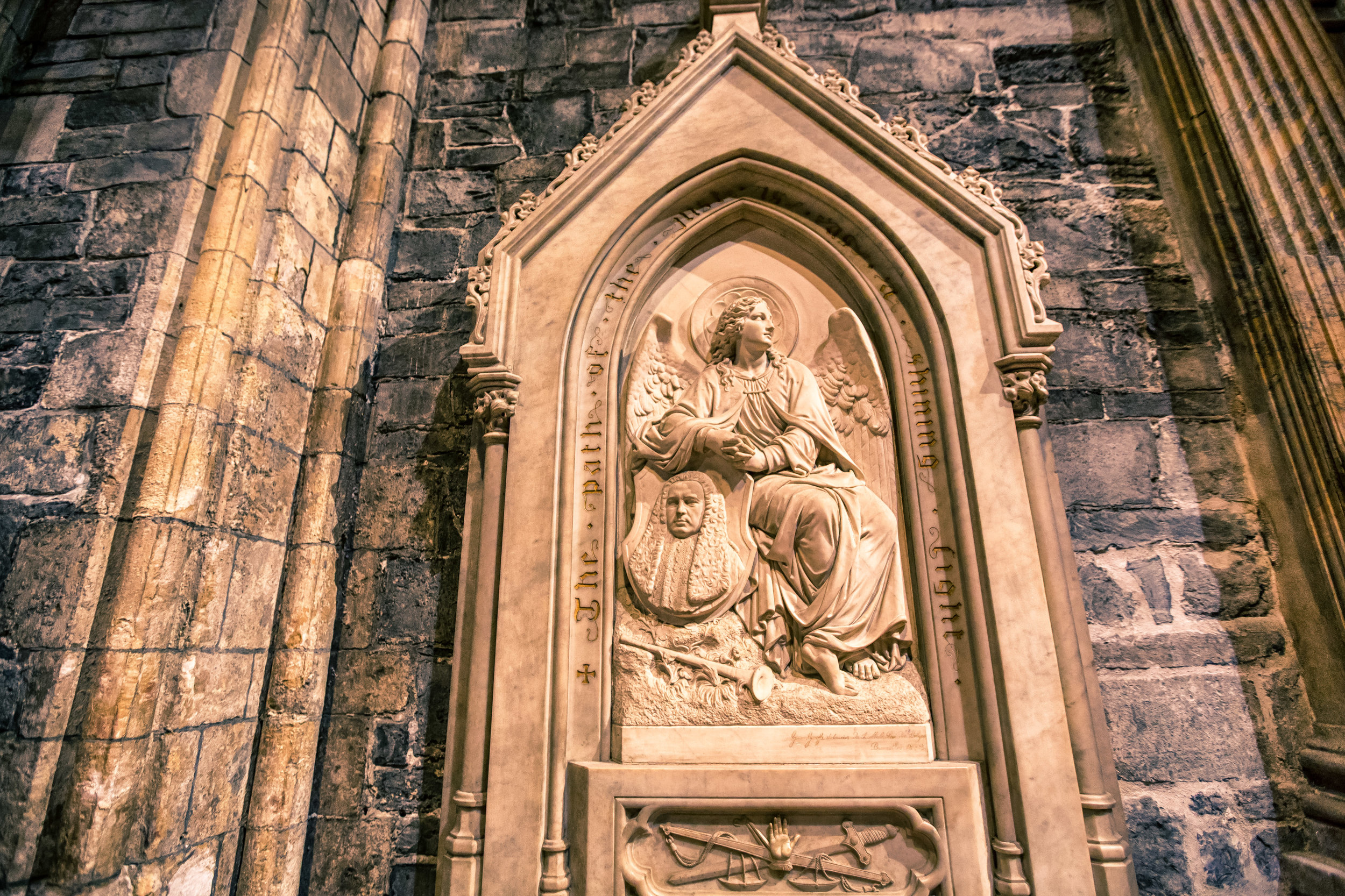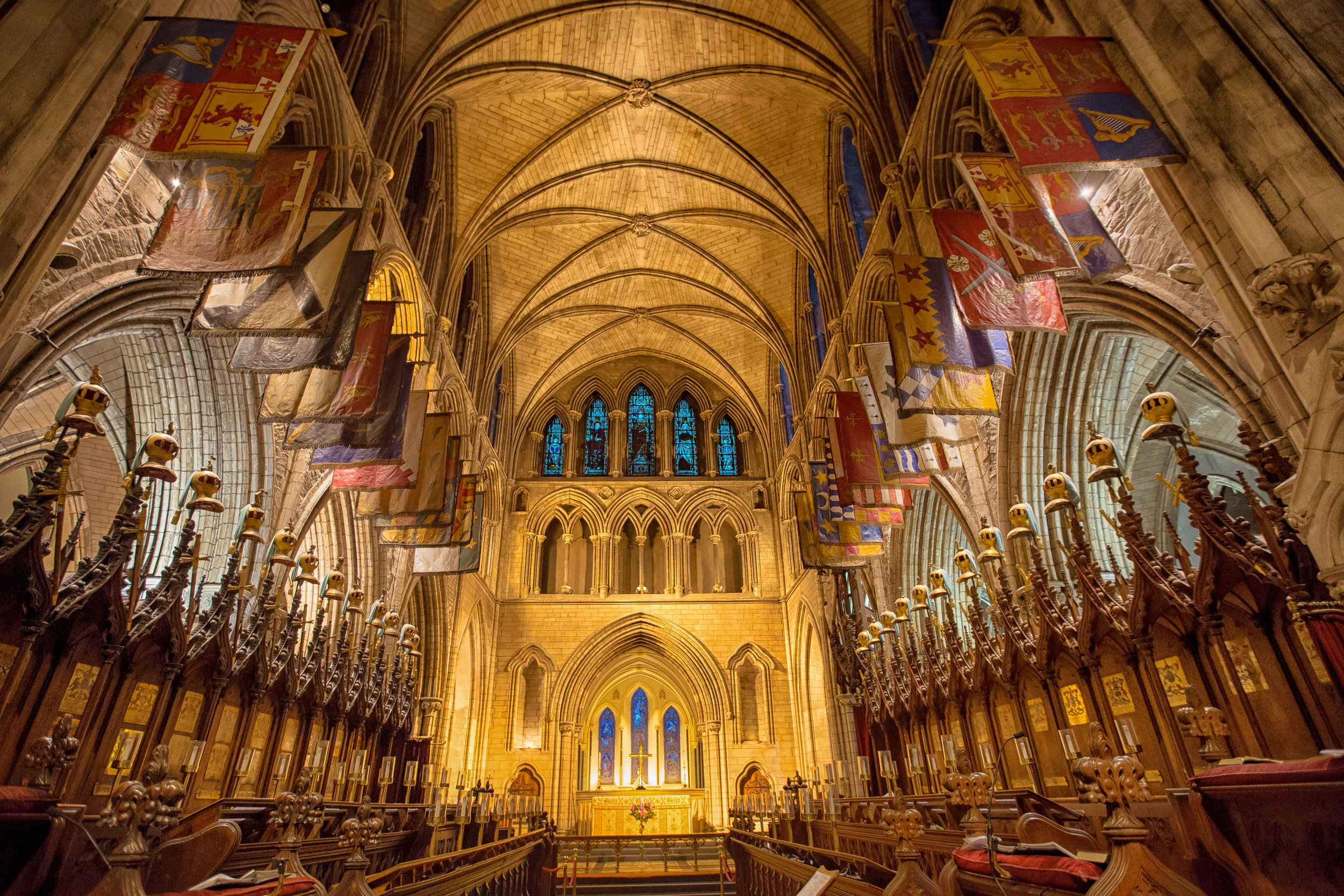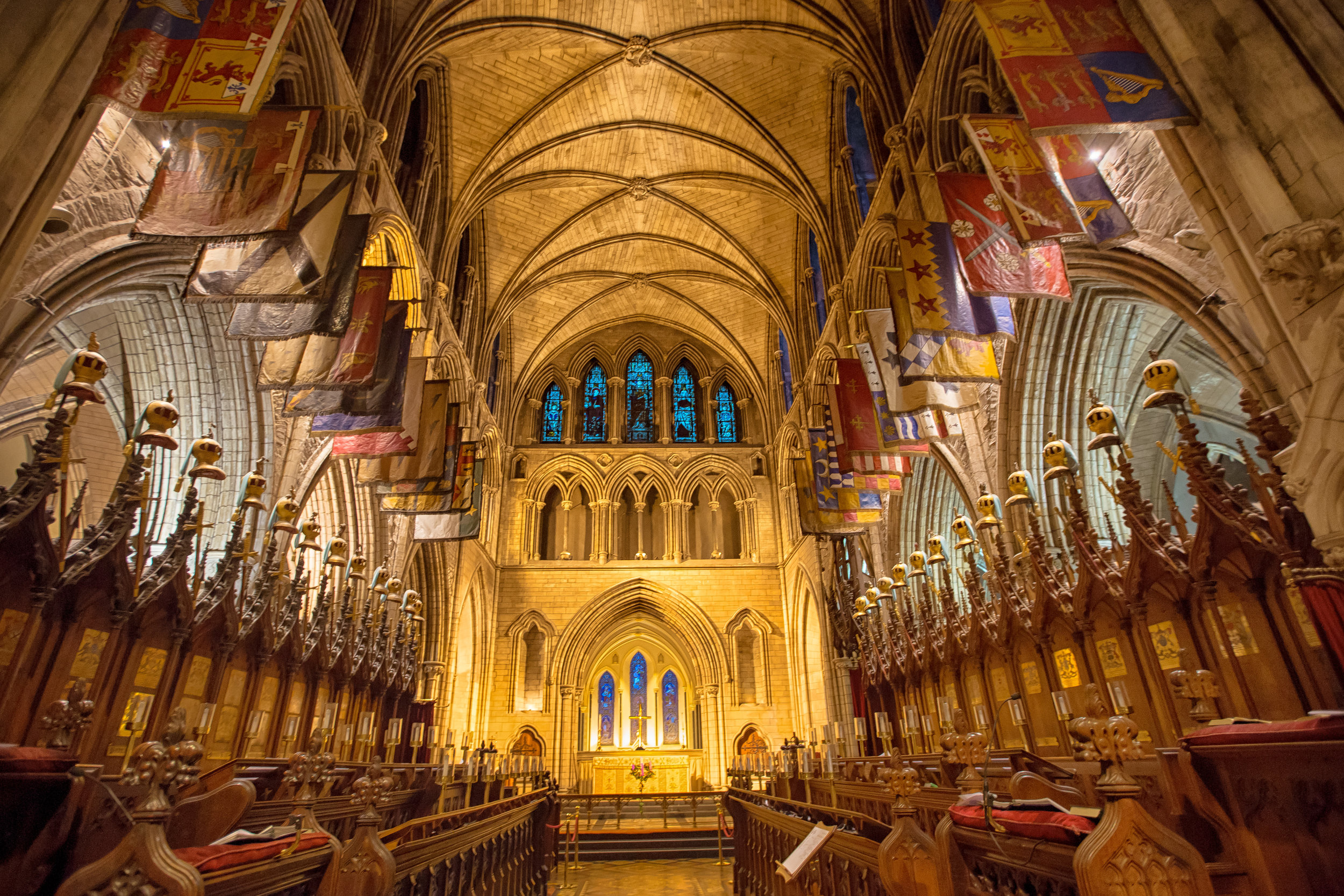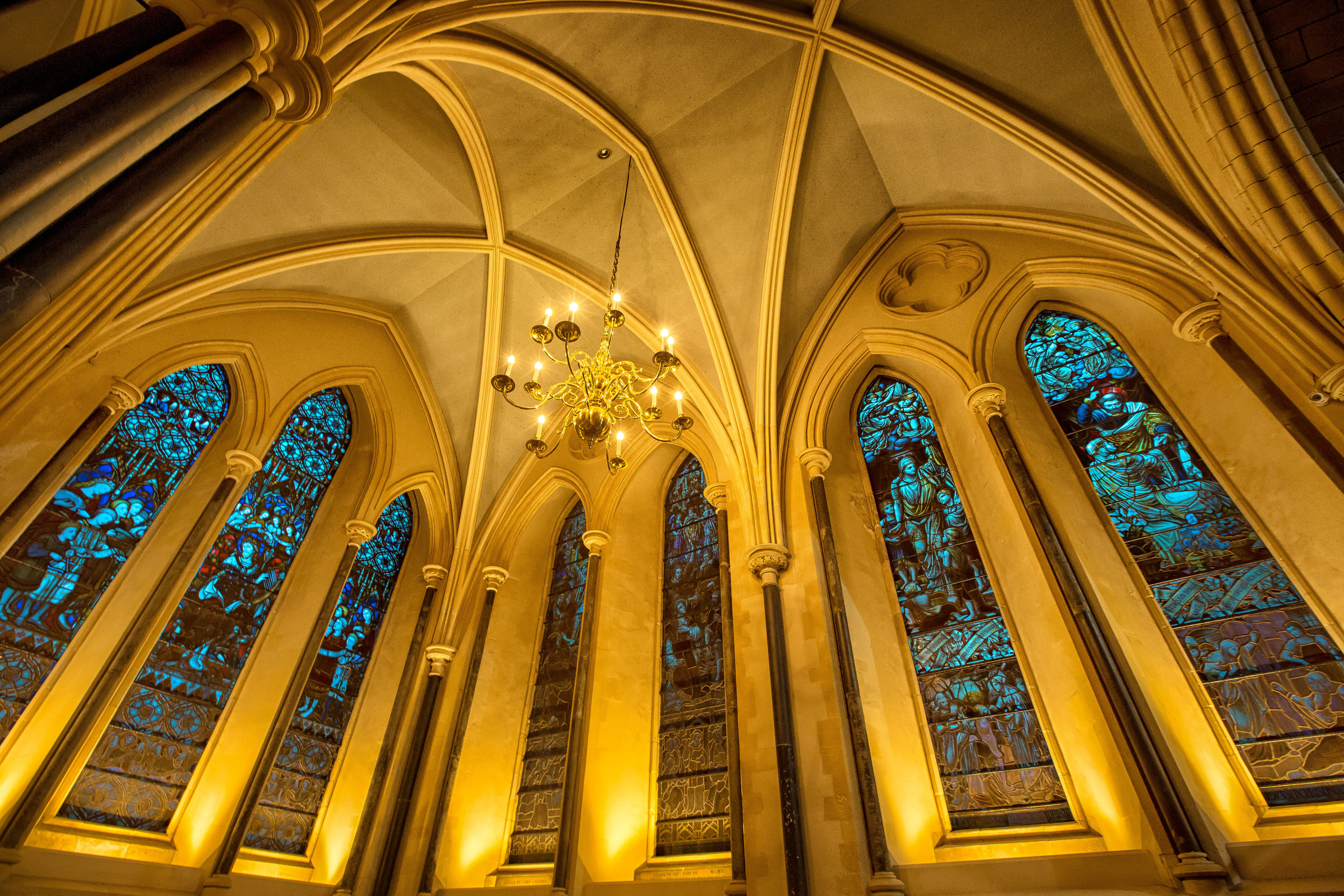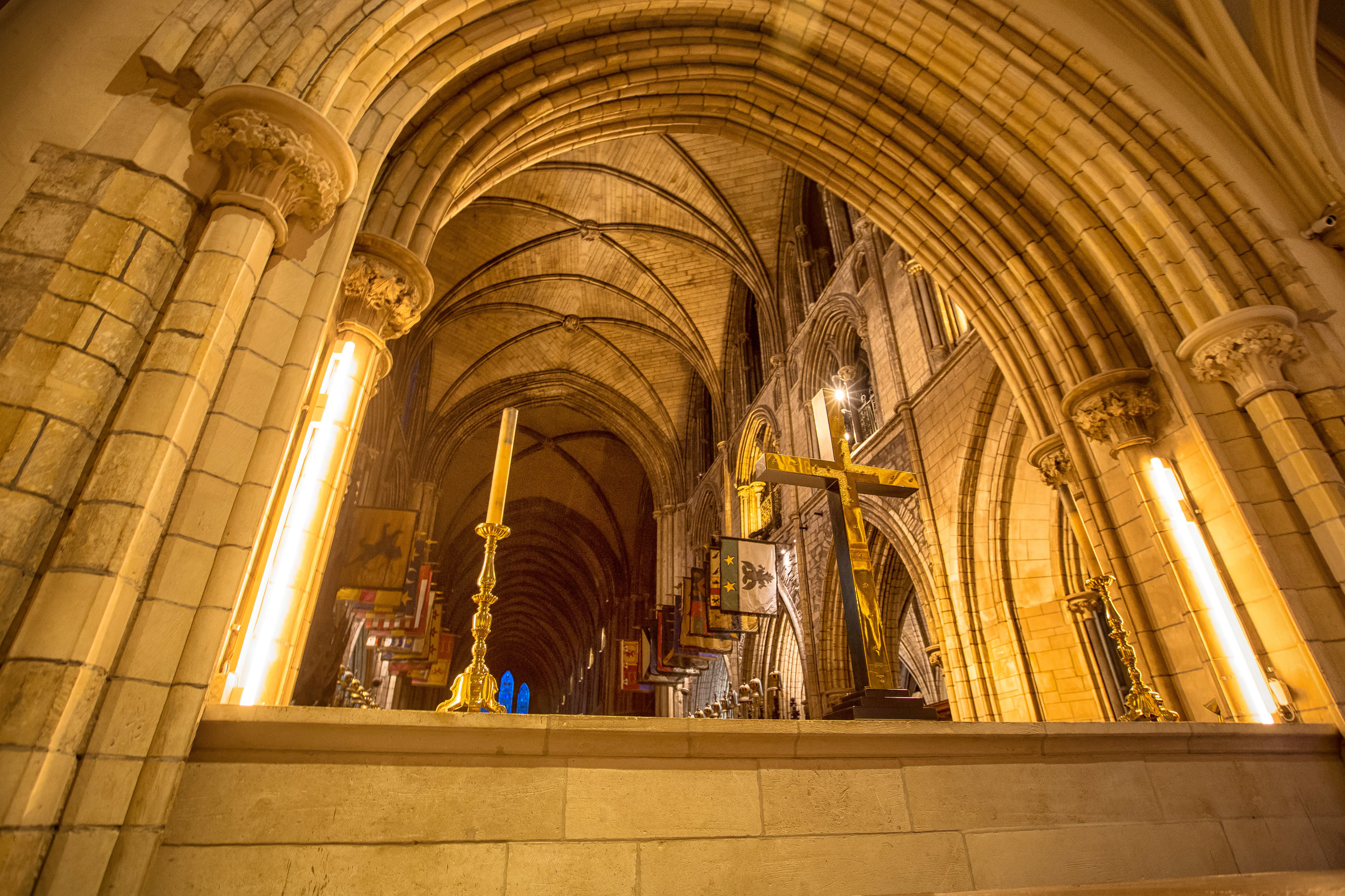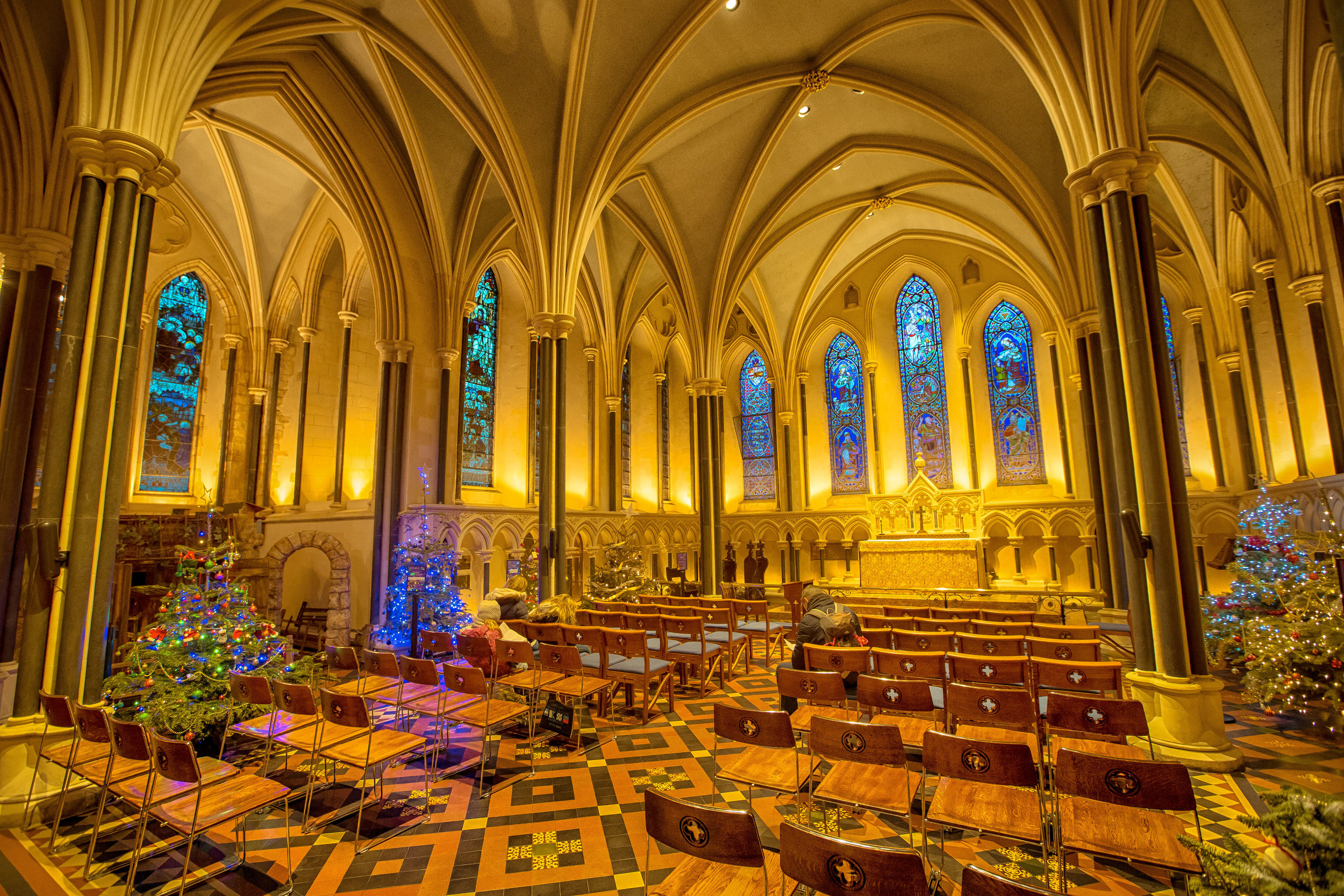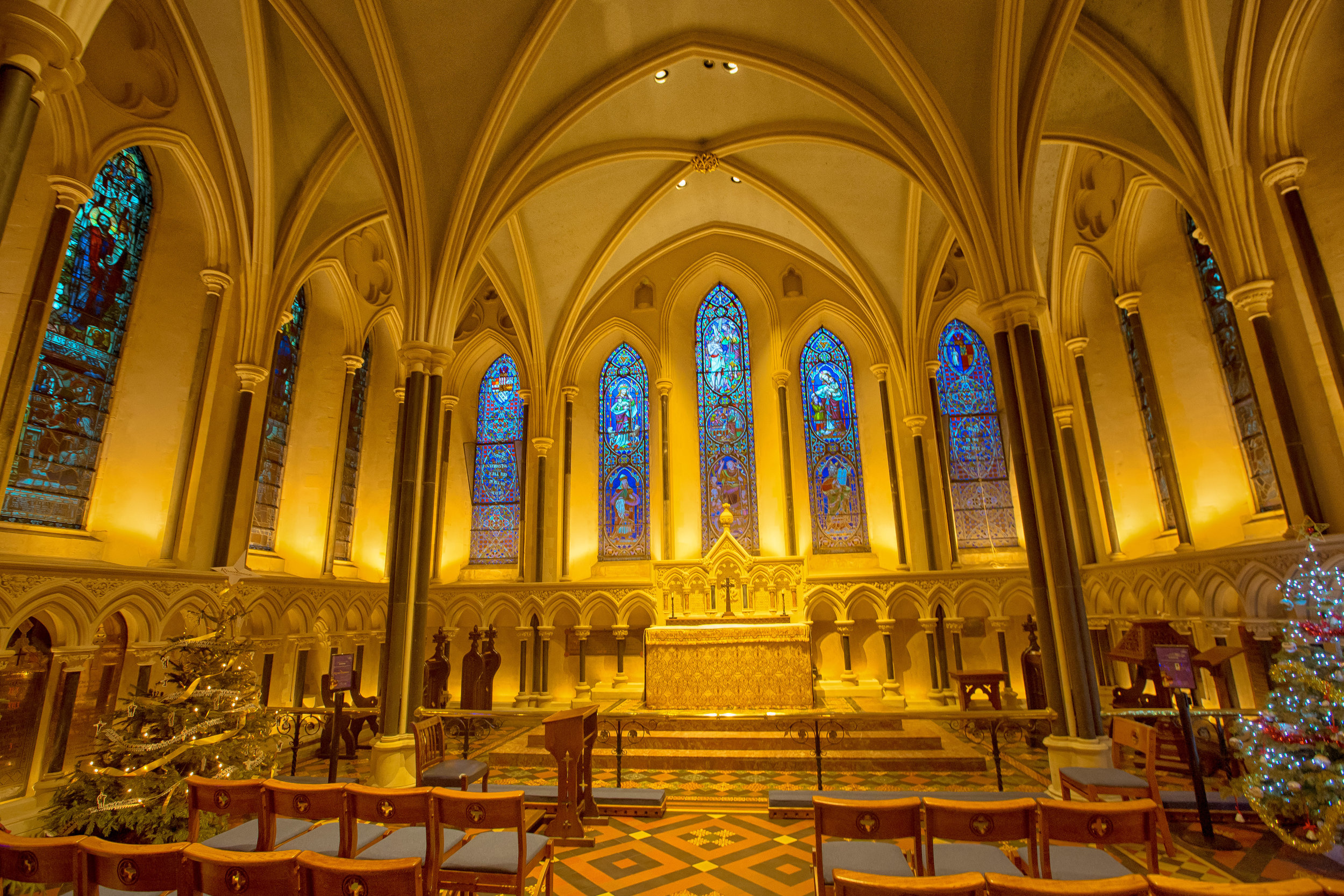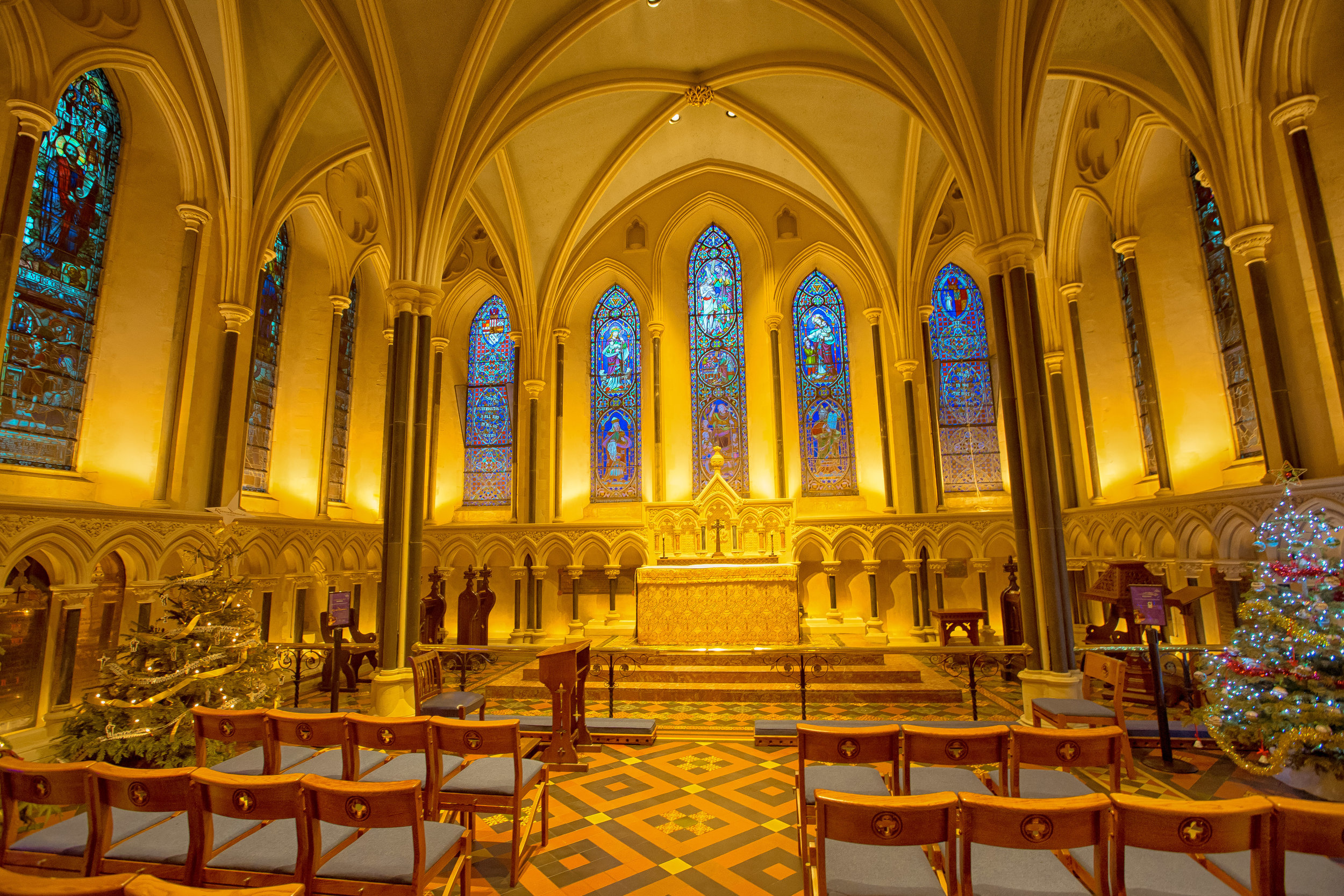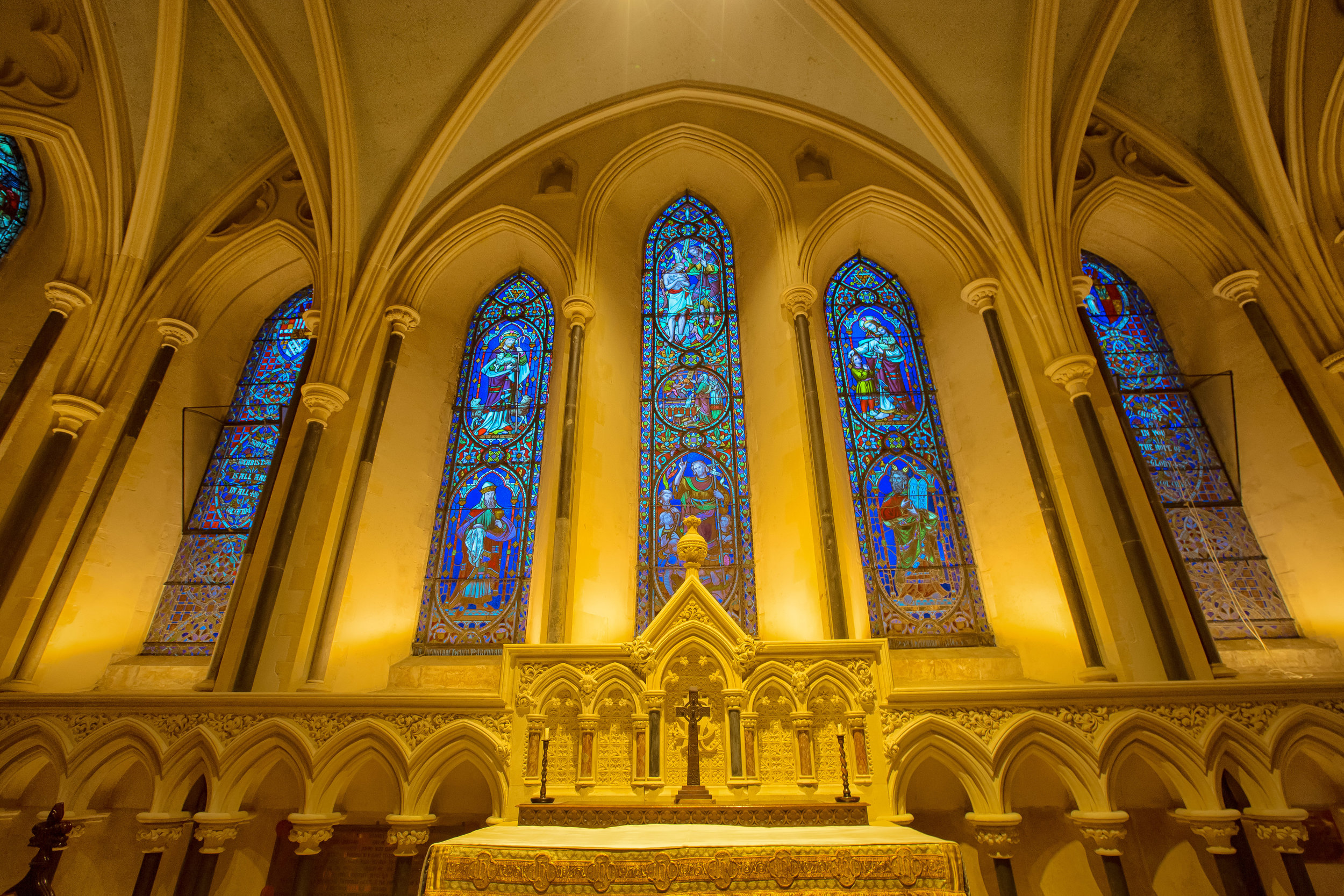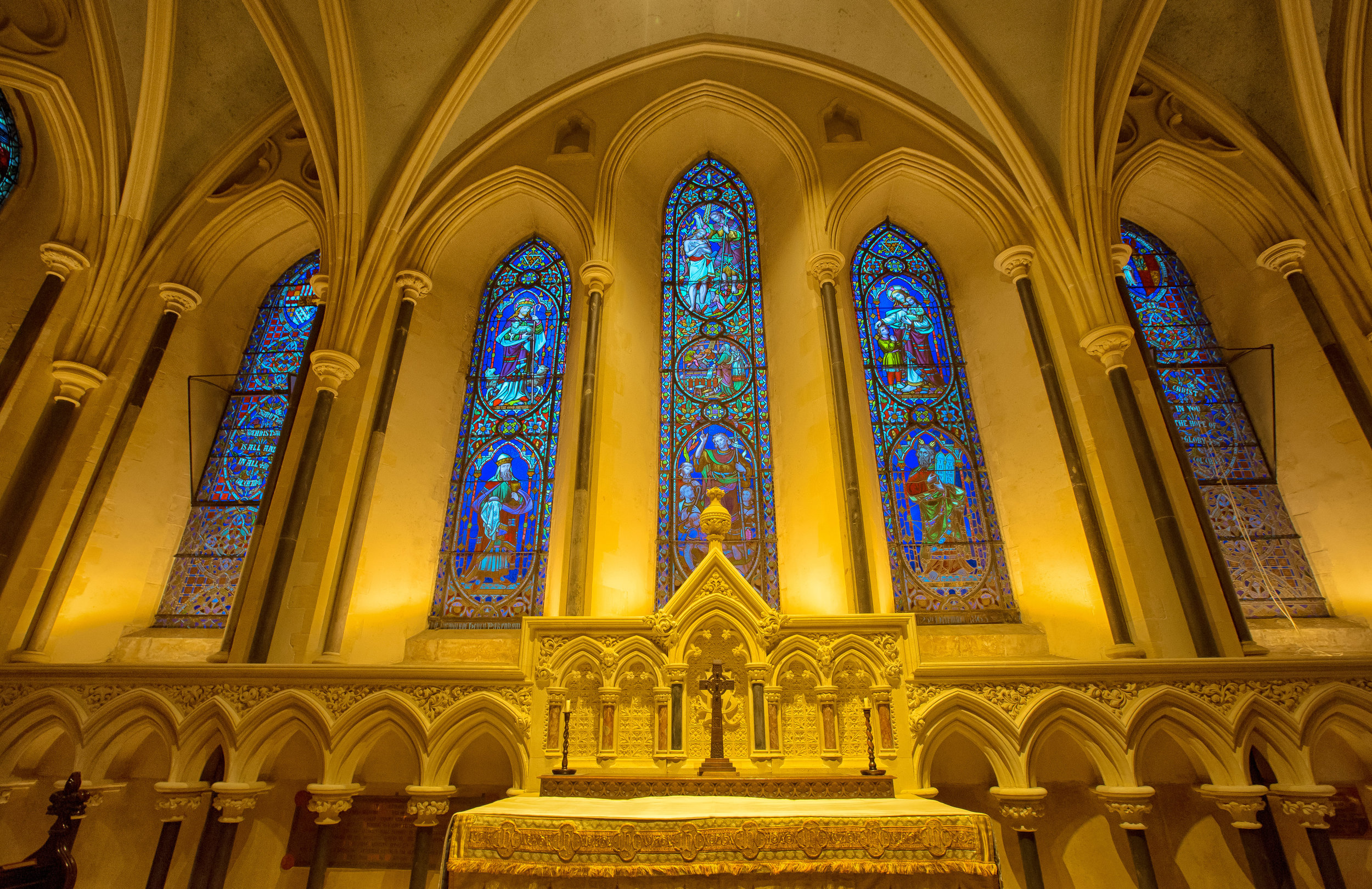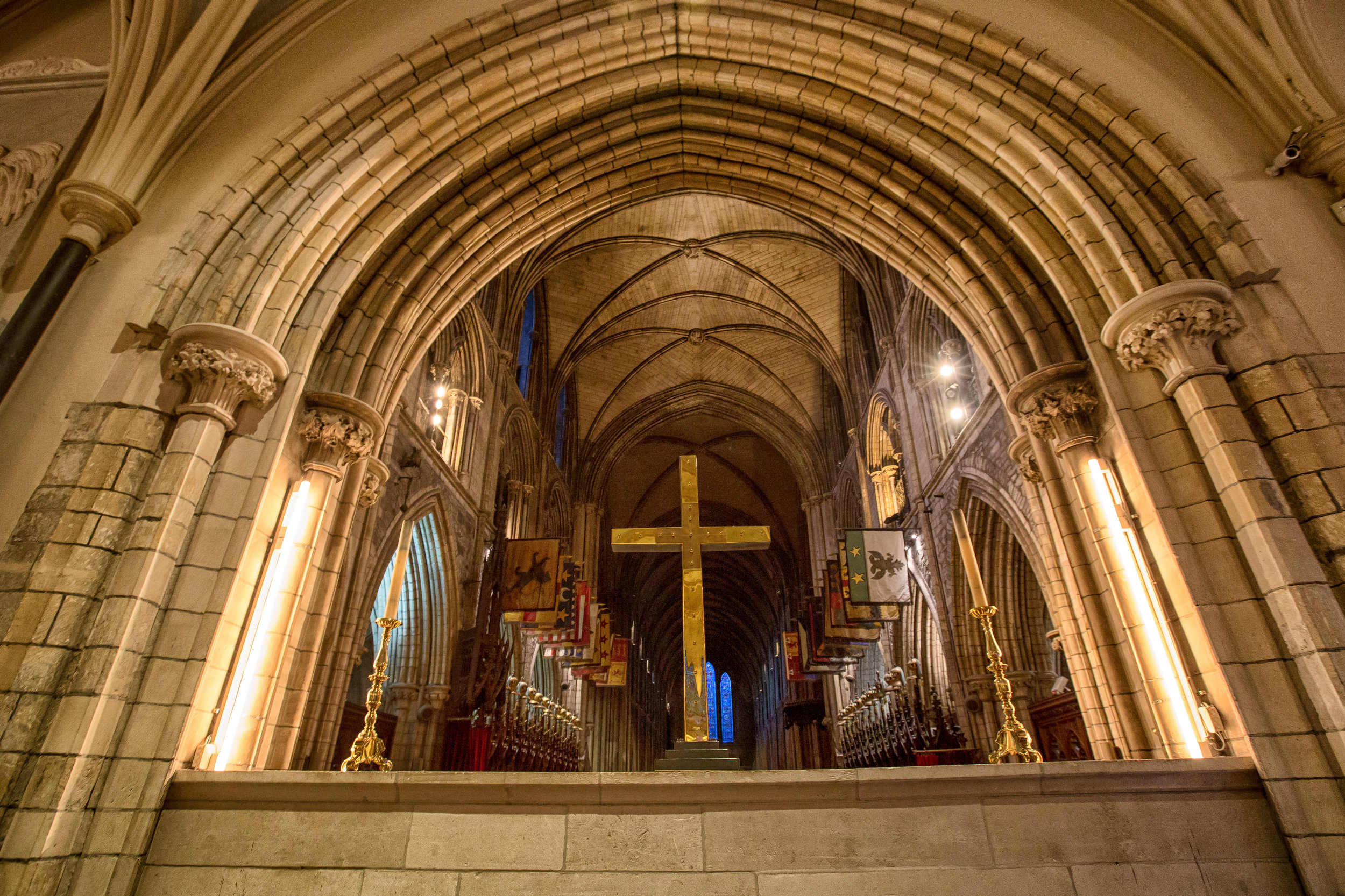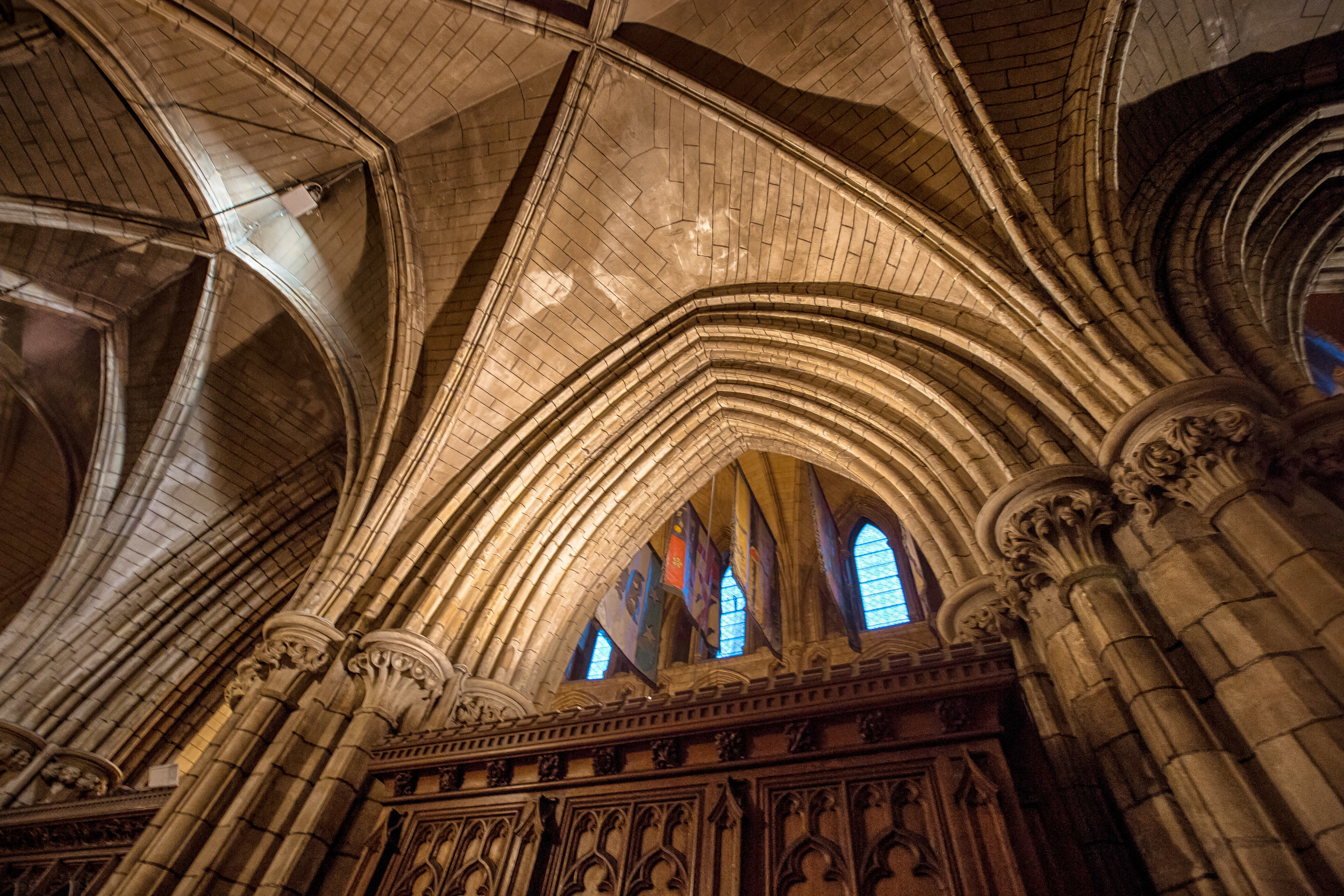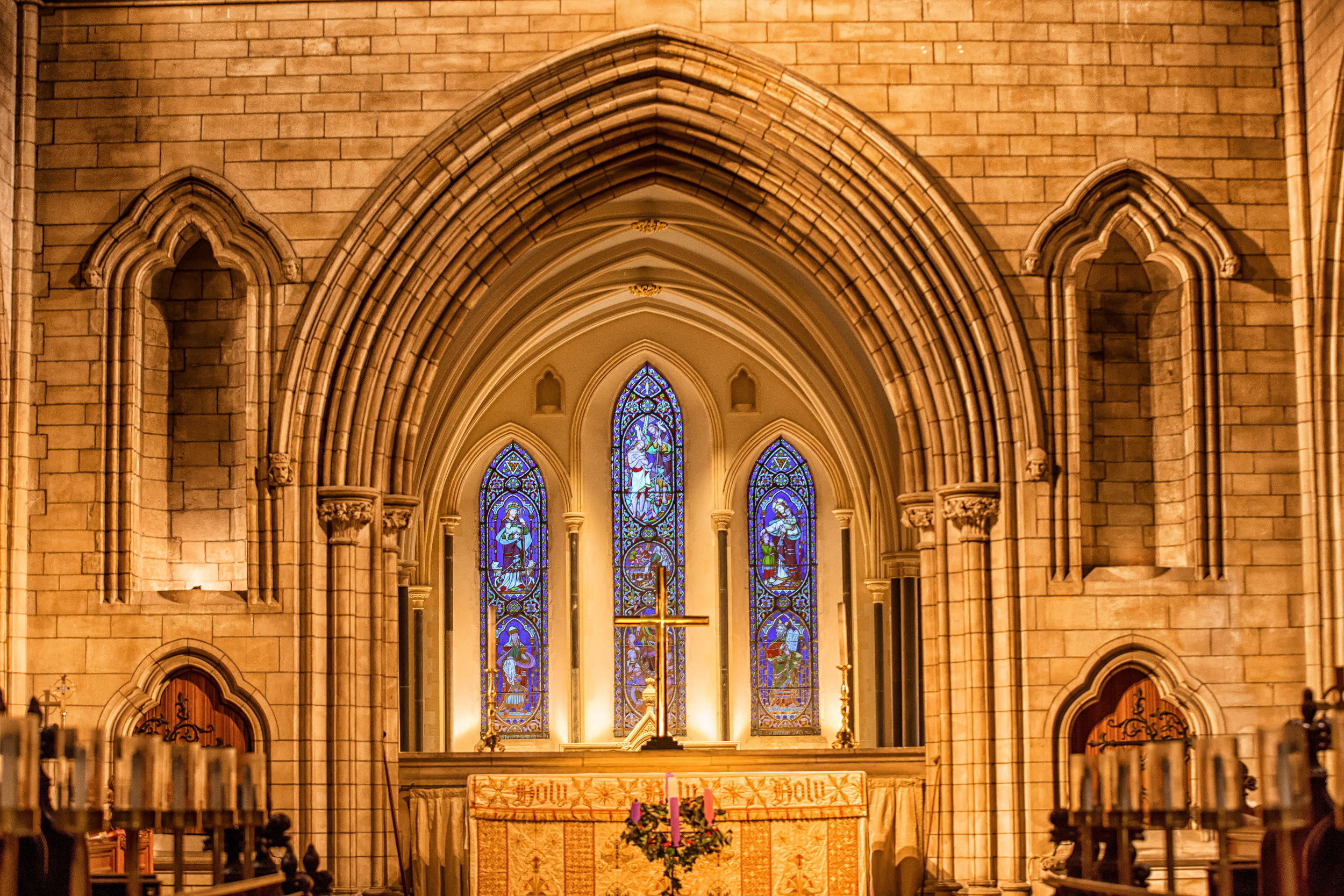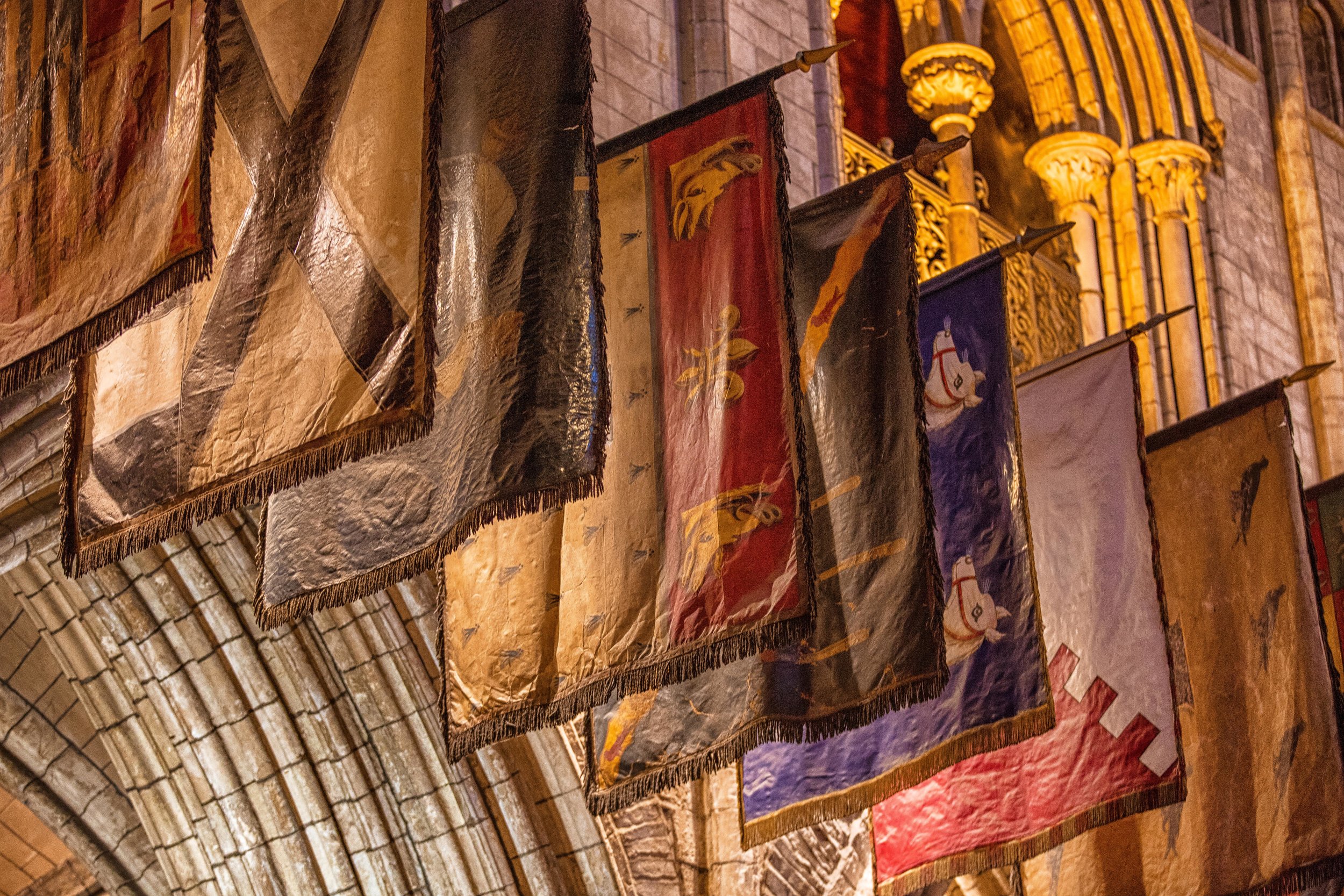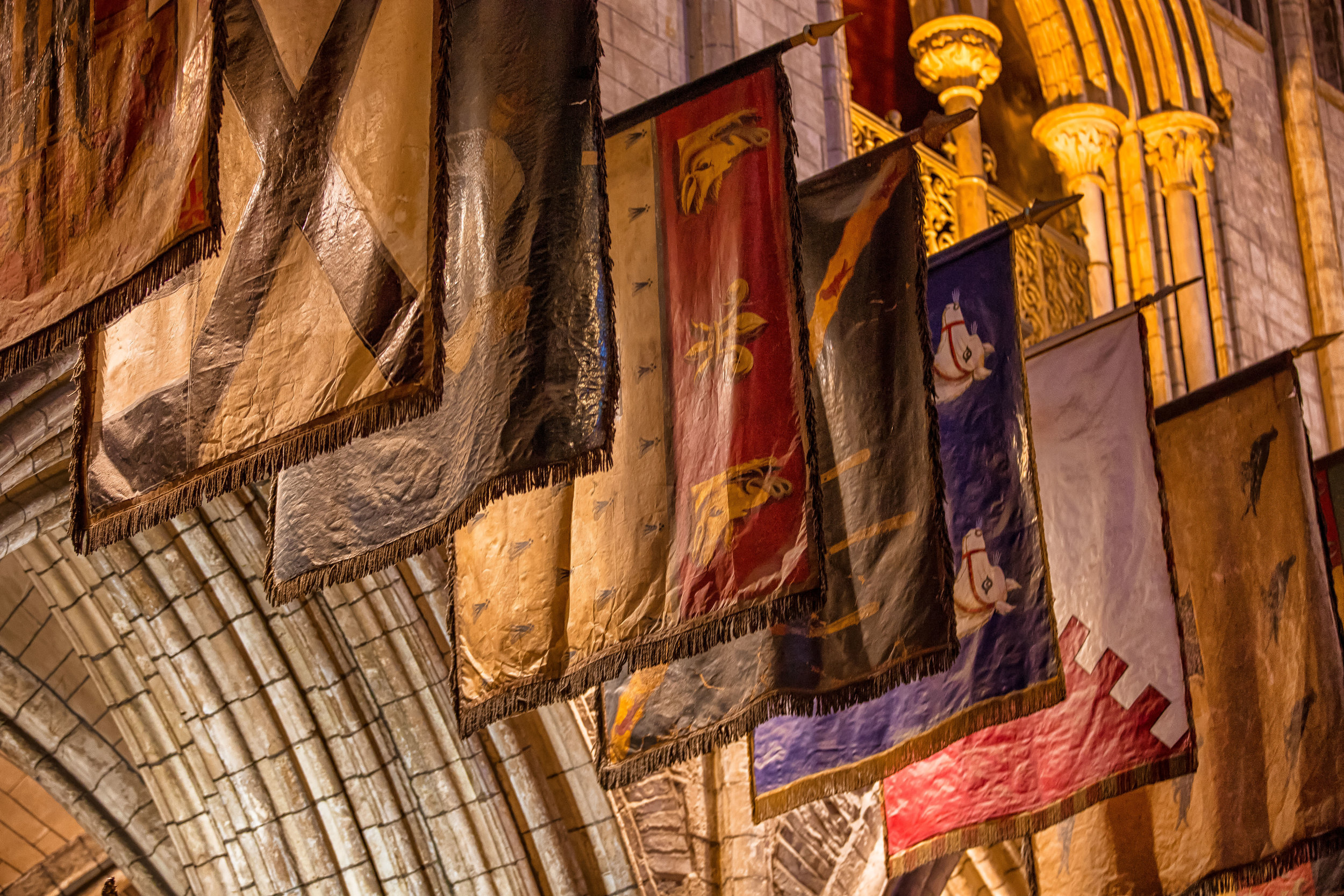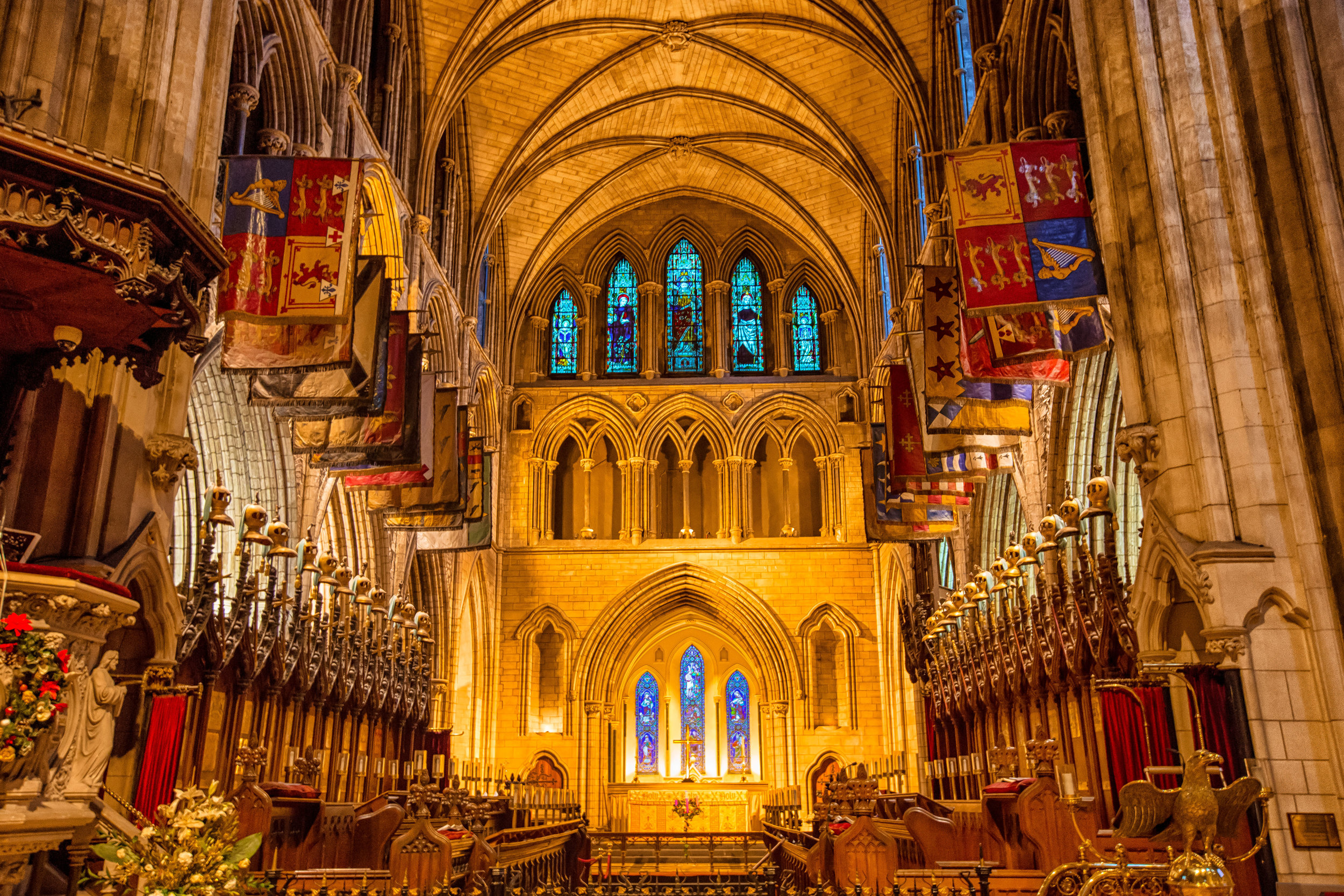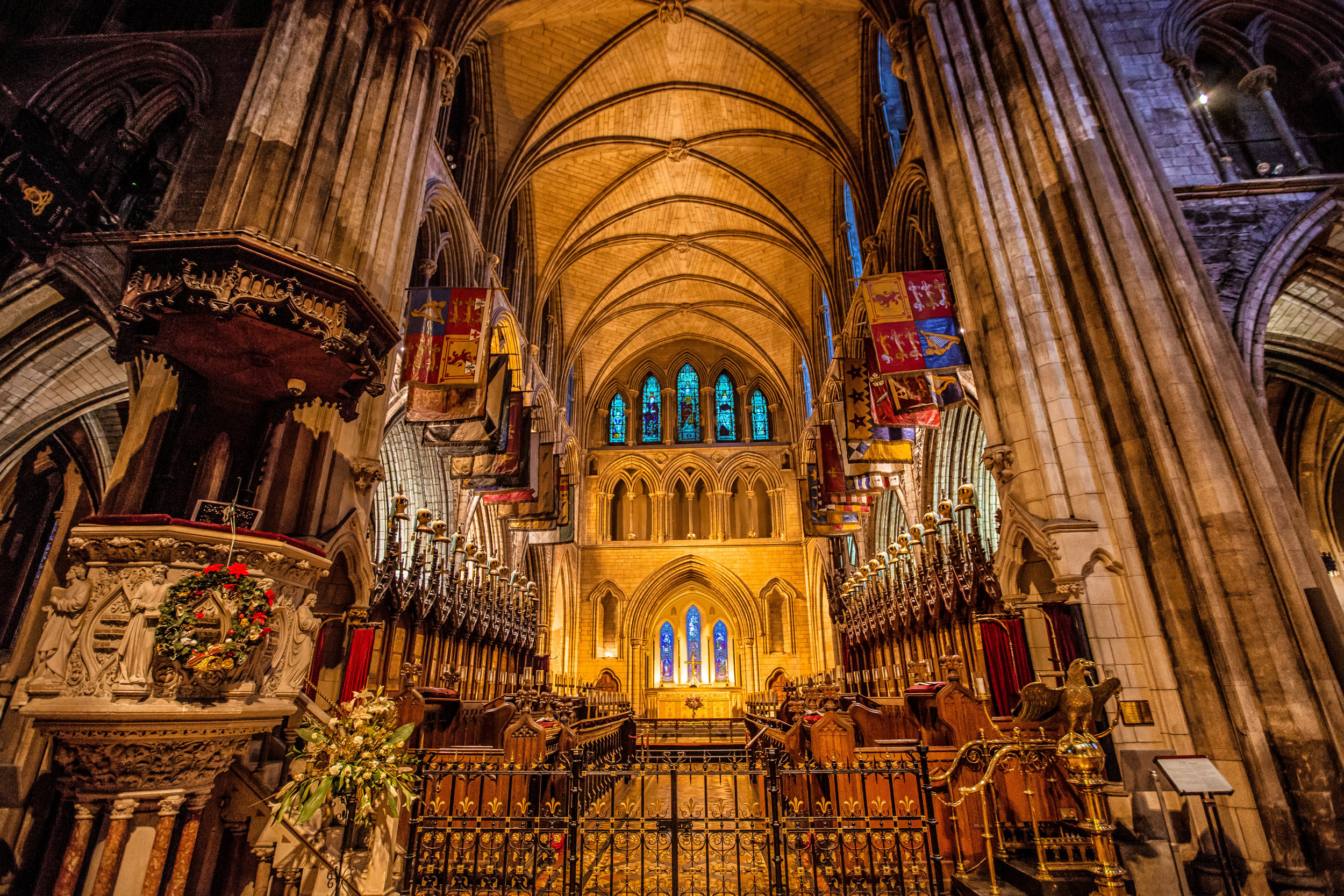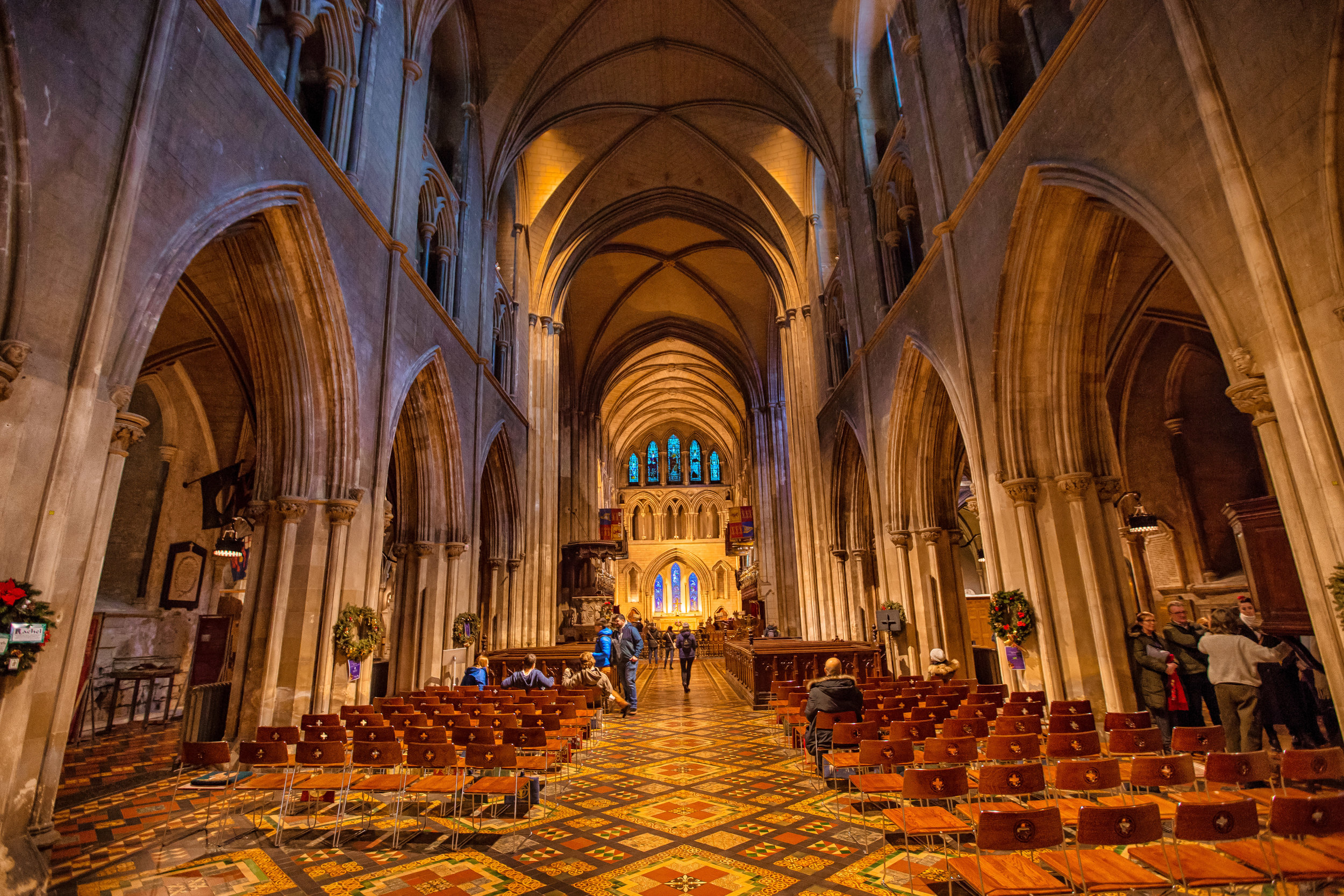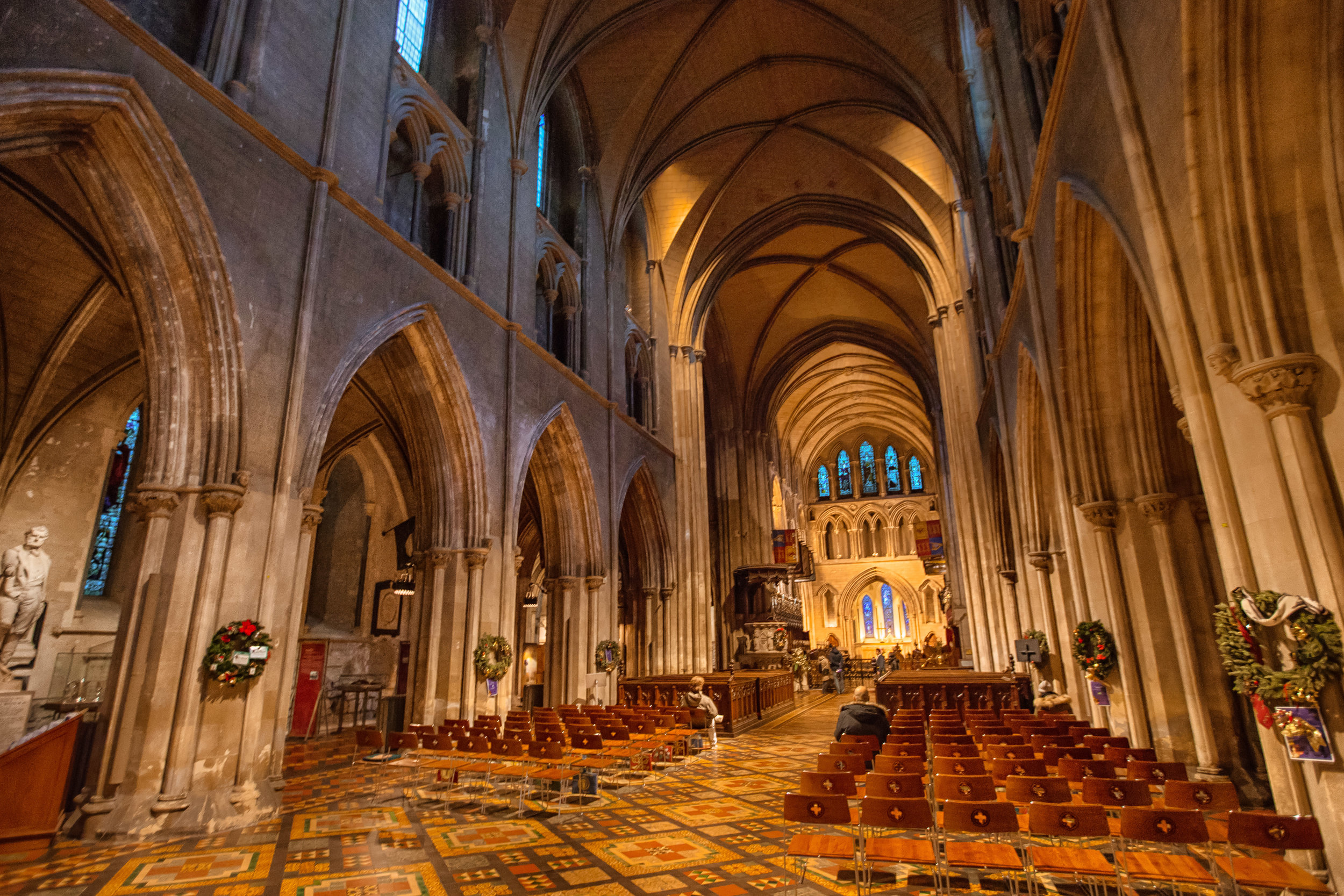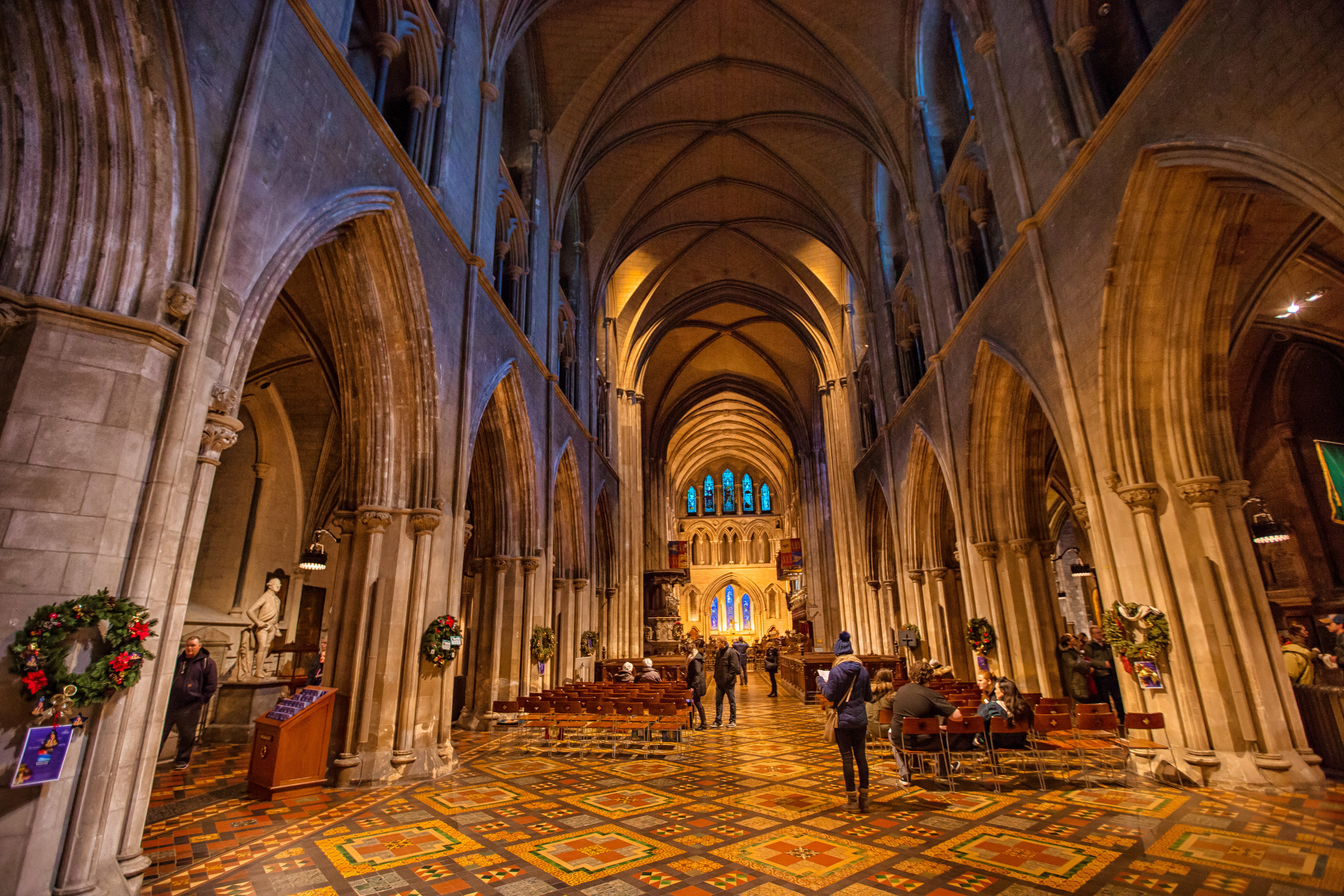It has become a bit of habit of mine that when I write one of these ‘Year in Review’ posts that I make an effort to look back at what I wrote in previous years. Reading through my post last year made 2017 seem like it was actually quite terrible, and maybe it was - The weird thing is though, I can’t even remember anything that happened in 2017 - And I’m pretty sure 2018 is the blame for that!
Like most people around the world, I’ve unfortunately been sucked into the the real-life soap opera taking place in Washington, D.C.
Similar to what happens on reality television, the audience has eagerly anticipated the next cliff hanger, the next shocking discovery and for the next person getting voted off the island.
And even though this real-life television show should scare us, most seem to enjoy the drama.
Here in Taiwan, we weren’t exactly shielded from the kind of drama happening in the US as the year was full of preparation for an election, referendums, interference from China and the spread of fake news.
A lot was at stake for Taiwan’s democracy in the November’s election - Every city and municipality elected or re-elected mayors and councillors in addition to referendums on such things as food imports from Japan, Olympic name changes and marriage equality.
Earlier in 2017 Taiwan’s Supreme Court ruled that excluding same-sex couples from marriage was unconstitutional and gave the government a year to introduction legislation on the matter. The government however did nothing and religious groups and pro-same sex marriage groups decided instead to take the vote to the people in the form of a referendum.
The referendum unfortunately brought out the ‘best’ and the ‘worst’ in society and unfortunately the latter won the day with a majority of people voting against redefining the definition of marriage.
In the weeks and days leading up to the election terribly ignorant things were reported in the media and online that permeated almost every aspect of daily life.
Most of what was said was the kind of thing you would have heard half a century ago - Yet it was being repeated in Taiwan in 2018 and was enough to sway public opinion that opened up a massive divide in the populace.
It’s often thought that Taiwan is one of the most progressive countries in Asia but 2018 certainly gave the world a reality check on that one.
It goes without saying that Taiwan is full of awesome people - Its just unfortunate that the referendums ended up bringing out such extreme divisions in the country which in turn gave the nation a bit of a black eye on the international stage.
But hey, not everything that happened in 2018 sucked. Lots of great things happened and there is a lot to look forward to as the world fights back against all the negativity of the past few years!
Personally my year was a busy one with lots of travel, lots of work and unfortunately a bit of downtime.
On the very first day of the year I boarded a flight from Taiwan to France, then to Ireland, England and Italy spending an amazing month in Europe.
Arriving back in Taiwan just in time for the Lunar New Year holidays I spent most of my time travelling around the country and enjoying some of the cool cultural stuff going on.
Then in June I hopped on a flight from Taiwan to London, then to Iceland, Scotland and back to England for another month of travelling and photography!
When I arrived back to Taiwan this time I had thousands of photos from my trips as well as two different magazine assignments to work on but my computer decided instead to die on me.
I was faced with the question of repairing it or just getting a new one but I figured I’d wait until the Apple Event at the end of October to make a decision on getting a new one. Unfortunately Apple didn’t release new iMac’s, so I took my giant iMac into town and got it repaired so I could get back to work.
In the two months that I didn’t have a computer, I mostly spent my time working out, hiking, taking photos, writing blogs, reading and hanging out with friends.
I thought I’d go crazy without having my computer around but to tell the truth it was a bit refreshing to be able to come home and not have anything to do but read books, listen to music and play with my dog.
Unplugging once in a while I found isn’t such a bad thing.
One thing I noted in my 2017 review was that my usage of social media was declining and that is something that I definitely kept up in 2018 - Decreased time on social media meant that I wasted less time engaging with people who just want to argue for the sake of arguing. It also meant that I could focus more on work and positive aspects of life.
You’d be surprised how liberating is to open up Facebook to a curated feed of posts from exceptional people promoting positivity and doing good for the world!
Anyway, enough of that.
As we’re already a few days into the new year I will continue what I normally do posting blogs on a weekly basis and sharing photos through my social media.
I have some personal projects planned for this year and will continue sharing a mixture of posts from Taiwan as well as Europe - and of course any of the trips I take this year.
I’m also planning to do a redesign of the site over the Lunar New Year to try to get the load times to be a bit more agreeable for viewers as well as adding more non-blog related content!
Favourite Photos
I ended up taking far more photos this year than I usually do, so it wasn’t easy to choose a few to share here. The photos I’ve decided to share below may not be the ‘best’ photos I took in 2018, but they happen to be some of my personal favourites.
1. Trevi Fountain in the Rain
Trevi Fountain in the heart of Rome is one of the most beautiful fountains in the world and is a masterpiece of Baroque architecture and design. Luckily during my stay in Rome I got to walk past it a few times during the day and night and was able to get some beautiful photos of it without a billion tourists in the frame. This photo was taken on my first night in Rome when there was a light rain.
2. The Roman Colosseum After Dark
The Colosseum - What can you say? Of all the places in the world that one could visit, the Roman Colosseum is likely to be at the top of every travellers bucket list - and for good reason. Its a testament to human engineering and the power of the historic Roman Empire. A visit to the Colosseum is a humbling experience and is also one that creates lifelong memories for those lucky enough to visit. I have lots of photos of the interior and exterior of the building but this photo taken at night as I was passing by was one of my favourites thanks to the beautiful colour of the light.
3. Trinity College Library
During my short visit to Dublin, my lovely girlfriend presented me with a choice - A tour of the historic Guinness Brewery or a visit to the Trinity College Library to view the Book of Kells and the library. I can’t say that it was an easy decision to make, but it was one that I will never regret. My visit to the Trinity College Library was a great experience and if you are in Dublin, is one of those things that you absolutely must do.
4. Iceland’s Reynisfjara Beach
Reynisfjara Beach, otherwise known as Iceland’s ‘Black Sand Beach’ is one of the country’s most popular tourist attractions. The beach is picturesque and is steeped in Icelandic folklore and history. This photo was taken with a long-exposure late in the afternoon on a cloudy day with the tide coming in.
5. Jökulsárlón Glacial Lagoon
Iceland is a country of immense natural beauty, but nothing could have really prepared us for the sight of the Jokulsarlon Glacial Lagoon which was jaw-dropping in its beauty. The frigid lagoon which is flanked by a giant glacier sits silently frozen in time with a beauty that is hard to compare to anything else I’ve ever seen. The icebergs reflect beautifully off of the still water making the lake extremely picturesque.
Top Instagram Posts of 2017
I usually forget about this stuff but around the last week of the year people on Instagram start posting their ‘best nine’ photo. This year I imagined my best nine photos would look great - Possibly some photos from Iceland, maybe the Colosseum, Trevi Fountain - You know, nice photos of international locations.
When I typed my user name into the website to generate the photo though I almost spit out my tea all over the computer screen.
Pretty much all of the photos were of Taipei 101!
I was unimpressed to say the least.
Top Five Blogs
With the help of Google Analytics I’ve tracked the five most popular blog posts that I posted in 2018. Tracking posts this way helps me to understand what kind of blogs my audience prefers and helps me to plan what I’m going to focus on in the future - This year it seems like people most appreciated the outdoors!
1. Sacred Mother Trail (聖母山莊)
The “Sacred Mother Trail” is a popular hiking trail on Taiwan’s East Coast which became even more popular in 2018 thanks to Instagram. The hiking trail is famous for its beautiful rolling hills covered in grass and its views of the east coast from the top.
2. Stegosaurus Ridge (劍龍嶺)
Stegosaurus Ridge is somewhat of a dangerous hike on the North East Coast of Taiwan near Teapot Mountain (茶壺山). The hike gets its name from the ridge that you climb up that looks like the back of a stegosaurus.
Like the post above, the hike became popular thanks to Instagram but is also one where unprepared hikers may experience quite a bit of difficulty.
3. Thousand-Island Lake (千島湖)
Taipei’s ‘Thousand-Island Lake’ is a picturesque environment that was formed when the Feicui Reservoir (翡翠水庫) was constructed a few decades ago. The area which was once extremely home to valuable tea plantations was flooded which in turn made the mountains in the area look like ‘thousands’ of small islands rising up out of the river.
4. Beitou Thermal Valley (北投地熱谷)
Beitou District in New Taipei City has been famous for its hot spring resorts since the days of the Japanese Colonial Era. The area is highly regarded for its geothermal springs and at the Beitou Thermal Valley you can see the hot springs up close and personal.
You won’t want to go for a swim though as you’ll be burnt to death in the extremely hot water!
5. Taipei Railway Workshop (台北機廠)
My final post of 2018 turned out to be a popular one as it is a location that has generated quite a bit of interest in the past few months. The former Taipei Railway Workshop is now open to the public on a limited basis for tours and I was lucky enough to be invited to go to get some photos. Taking into consideration that there isn’t a lot of information available about the workshop in English (apart from this great article by fellow blogger Tom Rook), it was shared quite a bit by people on Facebook and elsewhere.
Special Mention: Khao Luang Caves
One of the most uplifting stories of human survival, bravery and ingenuity in 2018 came from the ordeal of a team of young soccer players in Thailand who were trapped in a flooded cave. The entire world watched and hoped for the news that the boys and their coach would be saved.
Thankfully there was a happy ending - No thanks to Elon Musk.
The weird thing however is that the whole ordeal generated hundreds of thousands of hits to my blog.
I don’t necessarily mind the traffic but the cave that I blogged about was named “Tham Khao Luang Cave” while the cave where the boys were trapped was “Tham Luang Cave.”
Someone in the media linked to my blog post about the cave (as my blog post is one of the few available in English) and it got shared all over the place.
The cave I blogged about though was south of Bangkok while the cave where the boys were trapped was in the northern area of the country near Chiang-Mai.
I suppose you could say my website fell victim to #FakeNews - or possibly just lazy reporting.
As always, I hope that despite all the weird stuff that happened this year that you had a great year and I sincerely hope that this new one is a better one for all of us.
Happy New Year everyone!
Josh.

















